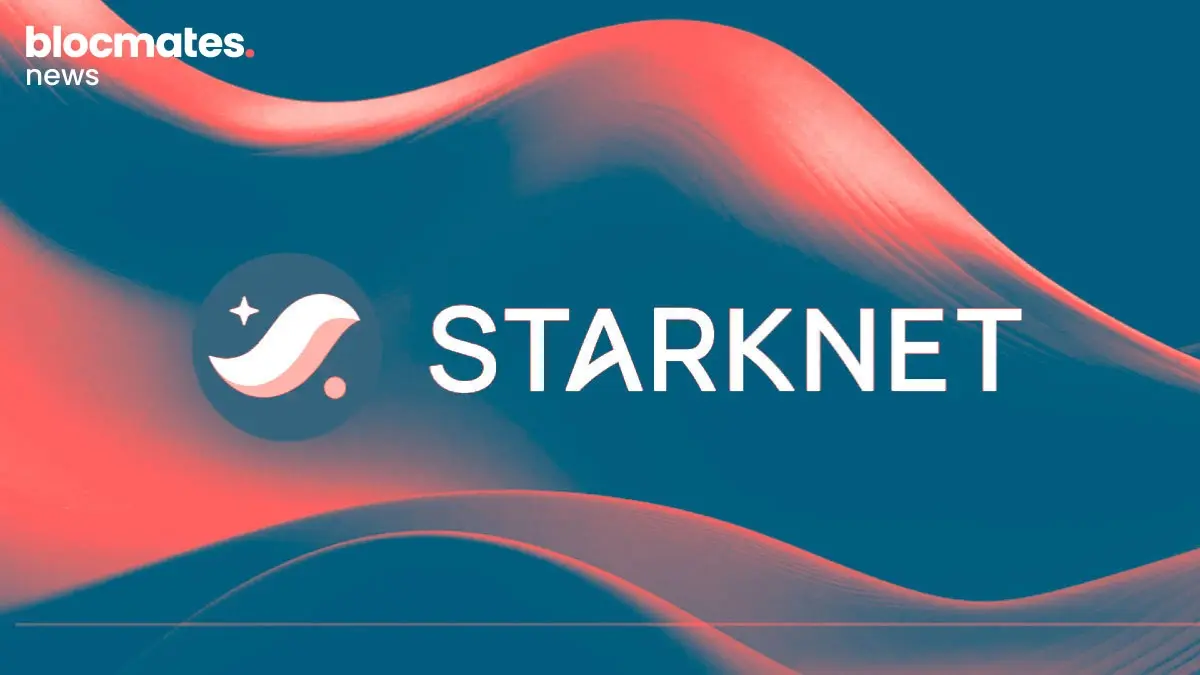Ahh yes, decentralized finance. A narrative that was once at the forefront of all things crypto, the number one use case for our favorite magical internet beans. One that had the potential to take over the centralized, boomer-dominated, traditional finance world and create generational wealth for all of us basement-dwelling virgins.
So, what happened that led to one of the most fascinating sectors of the cryptosphere being overshadowed by A.I vaporware and an endless barrage of memecoin madness? Are the DeFi dinosaurs that once reigned supreme slowly going extinct? Or are they just in need of some serious innovation to launch them back into the spotlight?
In a world where being a left-curve moron is a thing to aspire toward, it only makes sense to cover one of the most exciting and innovative protocols in DeFi in a way that even the most redacted idiot would understand. A project that aims to solve some of the biggest issues in decentralized finance will surely put DeFi back on the map for good.
Let the low IQ study session begin.

To understand just how innovative Tapioca truly is, we must first understand some of the problems that plague the current DeFi space and the protocols within it.
Problems in the Current DeFi Landscape
Interoperability and Bridges
One of the major problems with the DeFi sector has been the issue of interoperability and cross-chain capability. Borrowing or lending on one chain, to then use funds on another, has until now been cumbersome, highly inefficient, and has required the use of bridges.
These bridges have long been the focus point of many nefarious actors who have made them the prime target for some of the most costly hacks in crypto history, totaling billions of lost funds over the past few years. Not only do they create a fragile attack vector, but bridges are also slow and expensive, making them a sub-par DeFi solution and often just a plain pain in the ass to use.

Liquidity Fragmentation
It’s no secret that DeFi has been riddled with liquidity fragmentation problems. Because liquidity cannot be shared across chains, capital becomes inefficient and the yield that users earn for borrowing and lending is negatively impacted. Think of a stablecoin on one chain and the fact that the liquidity cannot be shared with the same stablecoin on another chain. Or a lending/borrowing platform on, say, Ethereum, unable to communicate with a lending/borrowing platform on Solana. Not an ideal position to be in for the future of finance!
Most of OG DeFi to date has been built on Ethereum, and when new chains have emerged, these OG protocols are simply forked on the new chains with zero innovation involved. Doing so only further fragments liquidity across chains, adding fuel to the fire. Not to mention opening the door to an impressive number of hacks that these forked protocols have seen in the past due to outdated, prehistoric code bases.

Stablecoin Centralization
Stablecoins are a vital part of a decentralized finance ecosystem, and for such an ecosystem to be as solid as possible, these stablecoins ideally have to be… well, decentralized!
The problem is none of the current players in the stablecoin market can claim to be truly that. This is mostly due to the types of collateral that back these stablecoins and the centralized nature of this collateral itself. Let’s be honest: treasury bills and filthy fiat currency aren’t exactly the bastions of a decentralized world.
This led to the creation of algorithmic stablecoins like UST, which saw undeniable demand and massive hype. However, as we all know, they eventually collapsed, taking much of the crypto market down with them.
Steady lads, deploying more capital!

Liquidity Mining
Adding to the list of current problems faced by DeFi protocols is liquidity mining, which creates fake TVL. Simply put, protocols need to incentivize users to store funds within them in order to build the meme that is Total Value Locked. To do this, they have, in the past, opted for a short-term fix instead of playing the long game and have paid the cost for doing so.
Liquidity providers have bounced around DeFi like headless chickens, chasing the highest incentives for lending their capital to these applications. As soon as the incentives drop off, they move on, taking their precious liquidity with them and leaving behind a trail of DeFi destruction.
The truth is that this Total Value Locked is not actually locked and, therefore, is pretty much useless for the underlying protocol who have to hyper-inflate their tokens away with huge emissions to keep liquidity providers happy and hold onto every drop of capital they can.
The people want real yield, and the solution may well have arrived!

What makes Tapioca DAO a DeFi game changer?
Alright, so besides a trippy AF website with some spooky theme music, what is Tapioca doing to solve all of these DeFi difficulties?
Thanks to the underlying LayerZero tech, they are the first Omnichain money market providing a censorship-resistant, truly decentralized stablecoin and some giga-brained tokenomics that will capture protocol-owned liquidity (POL) and provide maximum value for their users.
Now, of course, this is an idiot's guide, so let’s try to break it all down for us simpletons.
Omnichain Interoperability
Liquidity without borders is the key concept here, and that means there will be no more bridges.
Tapioca has its own cross-chain messaging network called Pearlnet that uses LayerZero (endpoints) to make lending, borrowing, and leveraging across more than 20 different chains a total breeze.
This removes the issues caused by liquidity fragmentation, increases capital efficiency, and allows users to crank up their yield returns. LayerZero endpoints can be deployed on any compatible chains and, once done, allow seamless communication with any other network with an endpoint of its own.
Tapioca’s core smart contracts are deployed on Arbitrum, but interoperability comes from proxy contracts that can be deployed on any supporting chain to provide seamless cross-chain messaging capabilities.
Because these proxy contracts are easy to deploy on other chains, Tapioca is able to provide quick and easy interoperability with whatever new chain may spring up without the need for complicated development. Lending on one chain and receiving yield across a multitude of other chains will become a reality. Mind-blowing stuff!

A Truly Decentralized Stablecoin - USD0
Stablecoins are one of the most underrated crypto end games, and the need for a decentralized stablecoin cannot be overstated. Tapioca brings a giga-brained programmable mechanism that enables USD0 to fill this void while addressing the previously problematic stablecoin trilemma of censorship resistance, scalability, and price stability.
Firstly, USD0 achieves censorship resistance by requiring the use of ETH and other decentralized yield-bearing assets like Lido stETH and Rocket Pools rETH for its minting process, which is done by using these assets as collateral to mint USD0.
The scalability of USD0 is achieved via a new-to-crypto incentive model called DAO Share Options (DSO), whereby the DAO becomes its own liquidity provider. These DSOs ensure the generation of POL which in turn helps solve the scalability aspect of the stablecoin trilemma.
Basically, by supplying collateral to Tapioca DAO you are given a call option that provides the right to exercise, with no obligation, on $oTAP tokens (something we will get into soon). These call options expire weekly, and if one decides not to exercise the option due to a lack of profitability, the contract is rolled over into the next week, and the choice to exercise is rolled on with it.If that goes over your head imagine it like this… You deposit $500 worth of ETH into Tapioca on Arbitrum. You then borrow say, $250 in USD0 directly on Base to go trade a shiny new shitcoin without having to sell your precious ETH. Your rewards are issued in oTAP (the option to purchase TAP at a discount)... capiche?
USD0 is over-collateralized at a minimum of 110%, meaning there is more than 1 dollar in collateral backing each dollar of USD0. The peg to the USD will be steadily maintained by the use of good ol’ fashioned arbitrage where minting USD0 will be incentivized if the price rises above $1, as only $1 of collateral will be needed to mint it, and the USD0 can then be sold at a profit.
If the peg drops below $1, borrowers can use USD0 to repay their loans at a discounted rate. This solves the final aspect of the stablecoin trilemma, price stability.
The peg mechanism can be seen below.

Thanks to the LayerZero OFT20-V2 token standard that USD0 uses, the stablecoin is natively interoperable across a vast array of EVM-compatible and non-EVM chains. This cross-chain interoperability is achieved by a mint-and-burn mechanism from one network to another, removing the need for bridges completely and making DeFi that much more secure in the process.
On top of all this, the fact that yield-bearing assets like stETH can be used to mint USD0 means the yield earned on these assets can be used to pay back the interest on the loans made, to the point where the yield earned on this collateral can be larger than the interest on the loan itself, creating entirely self-repaying loans.
The Big Bang
In the same way the universe came to exist, USD0 is brought to life by a Big Bang. This Big Bang takes place after supplying the correct collateral needed to mint USD0.
As mentioned earlier, the fact that yield-bearing assets can be used as collateral means that yield will continue to be earned on collateral and the loan-to-value (LTV) ratio will be reduced as a result. Once the LTV reaches zero and accrued interest can be paid back on its own, collateral can then be withdrawn by the user.
Only the most decentralized assets can be used to mint USD0 in the Big Bang, and liquid staking derivatives like cbETH, which are too centralized, will not make the cut. This is done to maintain USD0's censorship resistance and ensure the price remains stable.
Tapioca DAO will utilize variable interest rates to ensure protocol stability and these rates will be implemented using another novel mechanism called the Collateral Debt Ratio (CDR).
The CDR is a ratio of each collateral asset's outstanding debt in relation to the total outstanding ETH debt. ETH is used as the benchmark as it is the most desirable form of collateral on the Tapioca platform.
In addition to these variable interest rates, a variable creation fee will be implemented on USD0 minting. Simply put, if the price of USD0 is $1, then the creation fee will be 0%. However, if the price of USD0 drops to, say, $0.98, the creation fee would increase to 1%. This is done to disincentivize the minting of USD0 when the price is below the peg and to incentivize market-to-market arbitrage to recover the peg if needed.
Big Bang markets will allow for a maximum of 90% LTV, making borrowing highly capital-efficient.
All making sense so far, anon?

Yieldbox and Singularity
BoringCrypto’s Bentobox V1 has been given a steroid injection and is now the jacked-up version 2 known as Yieldbox.
This acts as the central token vault for the entire Tapioca ecosystem and with the addition of NFT support, rebase token support, and isolated yield strategies it is now better than ever before. Its primary function is to hold all the assets deposited by users and allow for anyone to build permissionless, innovative strategies on top of it.
Yieldbox uses NFTs to represent “shares” that track user deposits and keep tabs on the amount of capital inside it. This capital can then be applied to the yield strategies that are built on top of the box itself and can generate income from any of the protocols used within the implemented strategies.
Singularity, on the other hand, is a marketplace where borrowers can borrow USD0 by depositing collateral that is not compliant with the requirements of the Big Bang minting process. Therefore, the USD0 borrowed in the Singularity markets will have to have been previously minted by a user with the correct Big Bang collateral type.
Borrowing USD0 on the Singularity market with a different collateral type does not impact the underlying security of the USD0 itself.
Each market within the Singularity marketplace is completely isolated, which removes the systematic risk to the entire Tapioca protocol, something that has been an issue for other DeFi projects in the past.
We can see this in action in the diagram below, where lenders lend their USD0 to the Singularity marketplace, and a borrower deposits Stargate ETH to borrow the USD0 that has been lent. This Stargate ETH is then deposited into the Yieldbox strategy to earn $STG, which is then sold to buy more Stargate ETH. The Stargate ETH is then used to repay the borrower's debt, and the cycle repeats until the debt has been paid back.
This is just one example of the powerful flywheel at work!

Innovative Tokenomics
Tapioca’s tokenomics are what really set it apart from its DeFi competitors. The core token in the Tapioca ecosystem is $TAP and its design, as stated by Tapioca themselves, is based on being sustainably distributed over a long-term horizon with self-perpetuating economic growth and value capture.
The $TAP token will have zero emissions, a limited supply of 100 million, and no liquidity mining opportunities baked into it. This means that $TAP will never be issued for free and will always require a buy-in to obtain it. This is done through $oTAP redemptions, mentioned earlier when covering the DSO structure.
Because it utilizes the LayerZero OFT20-V2 design, like USD0, it is entirely cross-chain compatible and once again uses a mint and burn mechanism to transfer across EVM and non-EVM chains, removing the need for bridges.
The $TAP token's true power comes from locking it up and it is for this reason that it is one of the most interesting protocol tokens around.
Time-Weighted Escrowed Tap ($twTAP) is the second part of the tokenomic puzzle and is a transferable LayerZero ONFT-721 token. $twTAP is brought to life when a user locks away their $TAP tokens in a time-weighted mechanism based on a number of epochs (weeks). The minimum time one can lock $TAP to earn these $twTAP tokens is 1 epoch.
A solid feature of $twTAP is that it doesn’t decay over time like veCRV does. By locking away $TAP to earn $twTAP, users will earn 100% of protocol revenue from fees, half of all yield generated by Tapioca’s LP pairs, and the right to vote in governance proposals. This ensures a solid incentive structure for $TAP lockers, and adding to this is the fact that these protocol fees will be coming from over 20 compatible chains!

Next up in the big-brained tokenomic structure is $oTAP, which is used to create a self-perpetuating stimulus model via the DAO Share Options (DSO) mechanics. This idea was birthed by another serious DeFi giga-brain, Andre Cronje, with the use of his Options Liquidity Mining that was used by the Keep3r Network.
This concept has since faded away, but Tapioca has now supercharged it and brought it back to life.
The aim of the Tapioca DSO is to capture maximum protocol-owned liquidity and by doing so create the most sustainable ecosystem in all DeFi. Think of employee stock options where the employees are lenders, the stocks are tokens and you will be able to see the idea here.
By locking away capital users will be granted the option to purchase $TAP at a market discount and these options contracts will roll over on a weekly basis, this allows for a certain profit or redemption for $twTAP and with it protocol revenue.
This redemption mechanism means profit for users and a continuing stream of protocol-owned liquidity in the process.

Putting it all together
Now that we have a deeper understanding of what is actually happening at Tapioca, we can start to put the pieces together to see exactly why this is all so groundbreakingly innovative.
Thanks to the LayerZero interoperability that Tapioca is built on, users will receive increased yields for lending capital to the platform. By locking up this capital, these users will, in return, earn $oTAP and all the incentives that come with it.
Because this liquidity is actually locked, it creates real TVL that can be put to work by the platform by giving borrowers a solid capital pool to borrow from. The incentives for doing so create a greater amount of protocol-owned liquidity, and everyone's a winner!

So how does this look in practice? An excellent example was given in our last guide to Tapioca written by @LeftsideEmiri (worth a follow if you don’t already) and helps explain exactly why this is so powerful in a beautiful fashion.

By exercising the $oTAP call option, discounted $TAP is purchased directly from the DAO, thus building the Protocol-Owned Liquidity (POL). Tapioca DAO then puts this POL to work by providing liquidity for its own assets. Then 50% of the returns earned from these assets are then distributed to $twTAP lockers, effectively meaning that every time a Tapioca asset is traded, $twTAP lockers will make a pretty penny.
This all comes together to create real yield generated by giving value to receive it, a concept that quite frankly applies to every area in life!
Closing thoughts
The main aim of Tapioca DAO is to accrue as much POL as possible by creating genius mechanisms that allow POL to scale alongside USD0 and $TAP. This creates endless growth potential for the platform and puts it leaps and bounds ahead of the rest of the DeFi space.
The ability to use collateral from one chain to borrow USD0 on a completely different chain is a real game changer. It will open up a realm of DeFi that has never really existed.
It is incredibly refreshing to see some serious innovative thinking and design structure going down in the stagnant DeFi sector. This will surely set Tapioca apart from any other platform out there.
These guys are serious about their community so give them a follow, jump in their Discord, and listen in to the TapTalk shows they run on a weekly basis.
For a deeper dive into the incredible amount of tech, be sure to read the documents here, and prepare to have your tiny little left-curve brains blow apart!
Note: A handful of the blocmates team are deep in the Tapioca trenches, so factor that bias in. All of our research and references are based on public information available in documents, etc., and are presented by blocmates for constructive discussion and analysis. To read more about our editorial policy and disclosures at blocmates, head here.






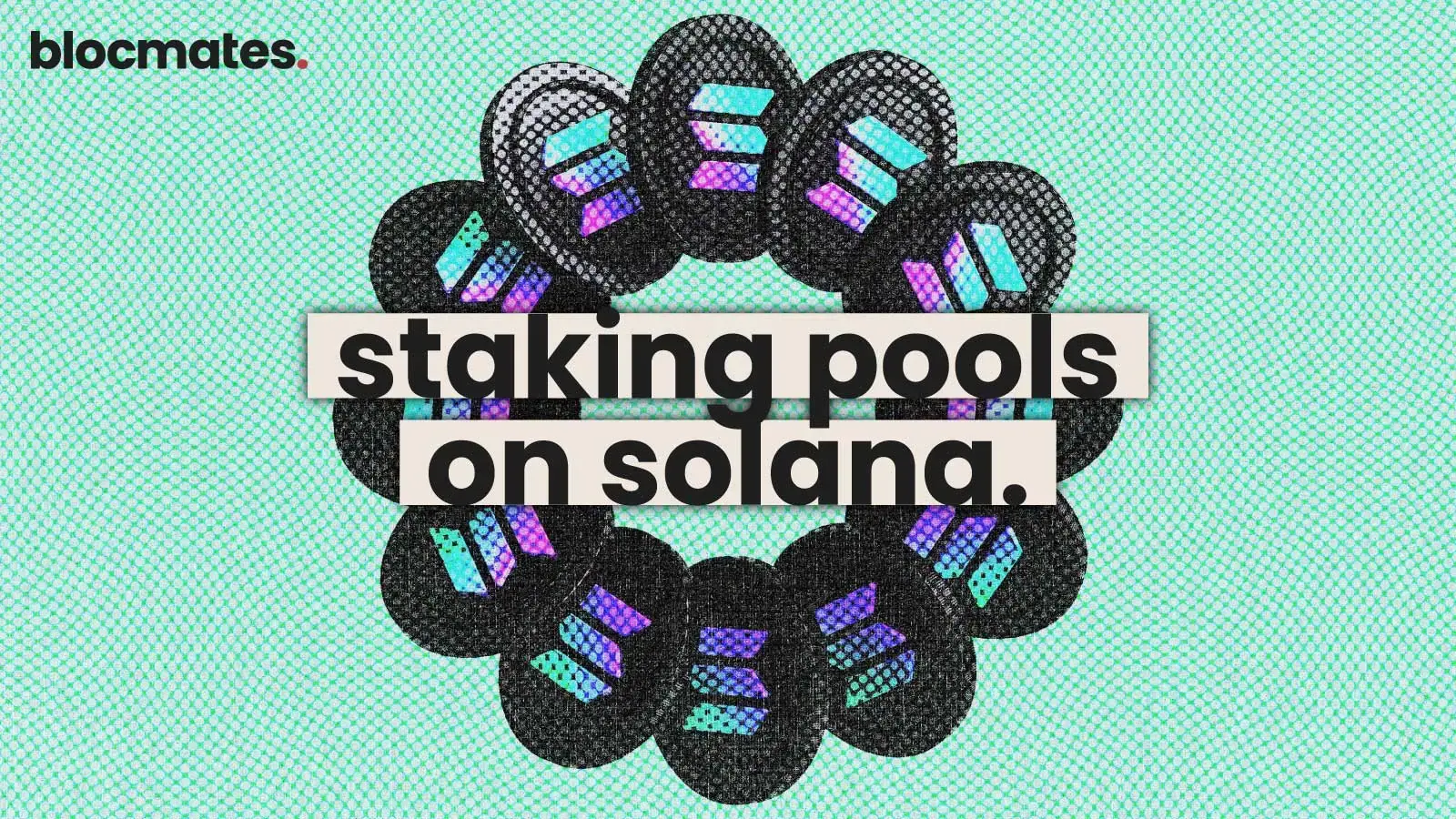





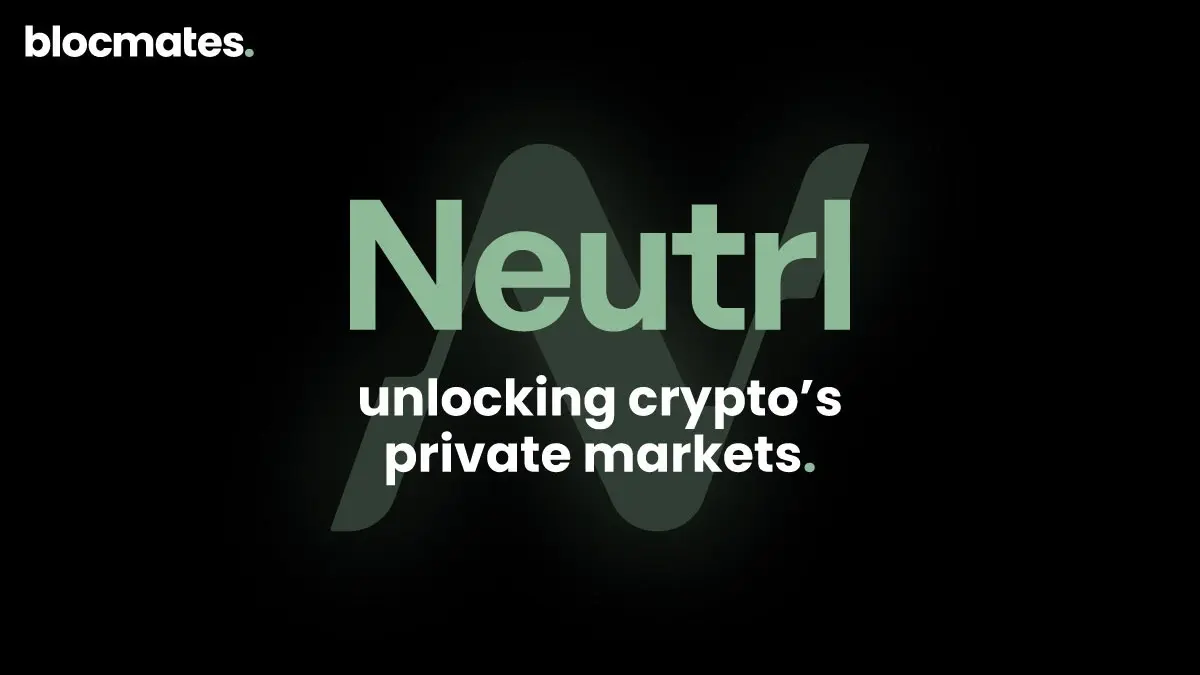


.webp)

.webp)
.webp)

%20(1).webp)
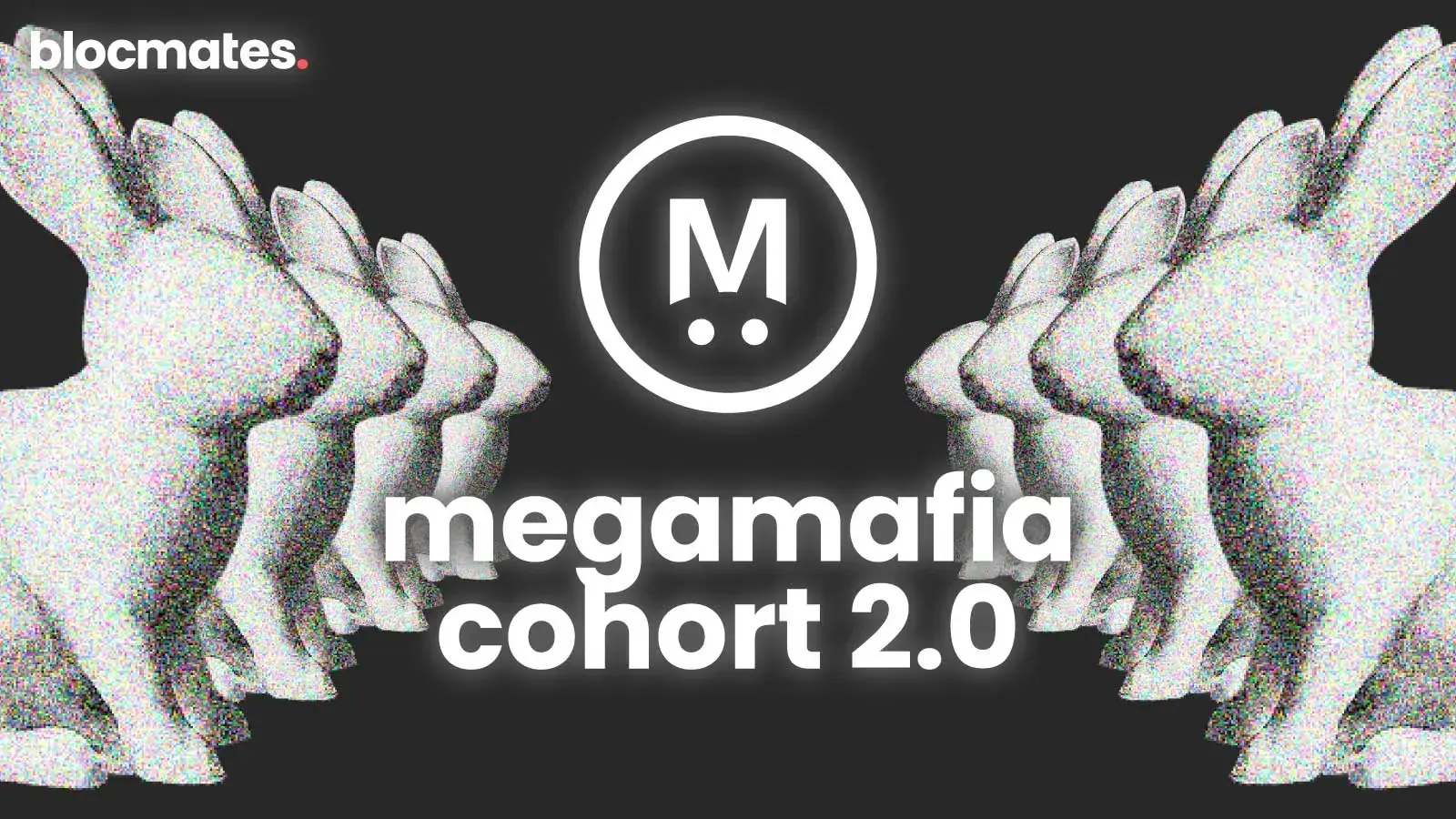
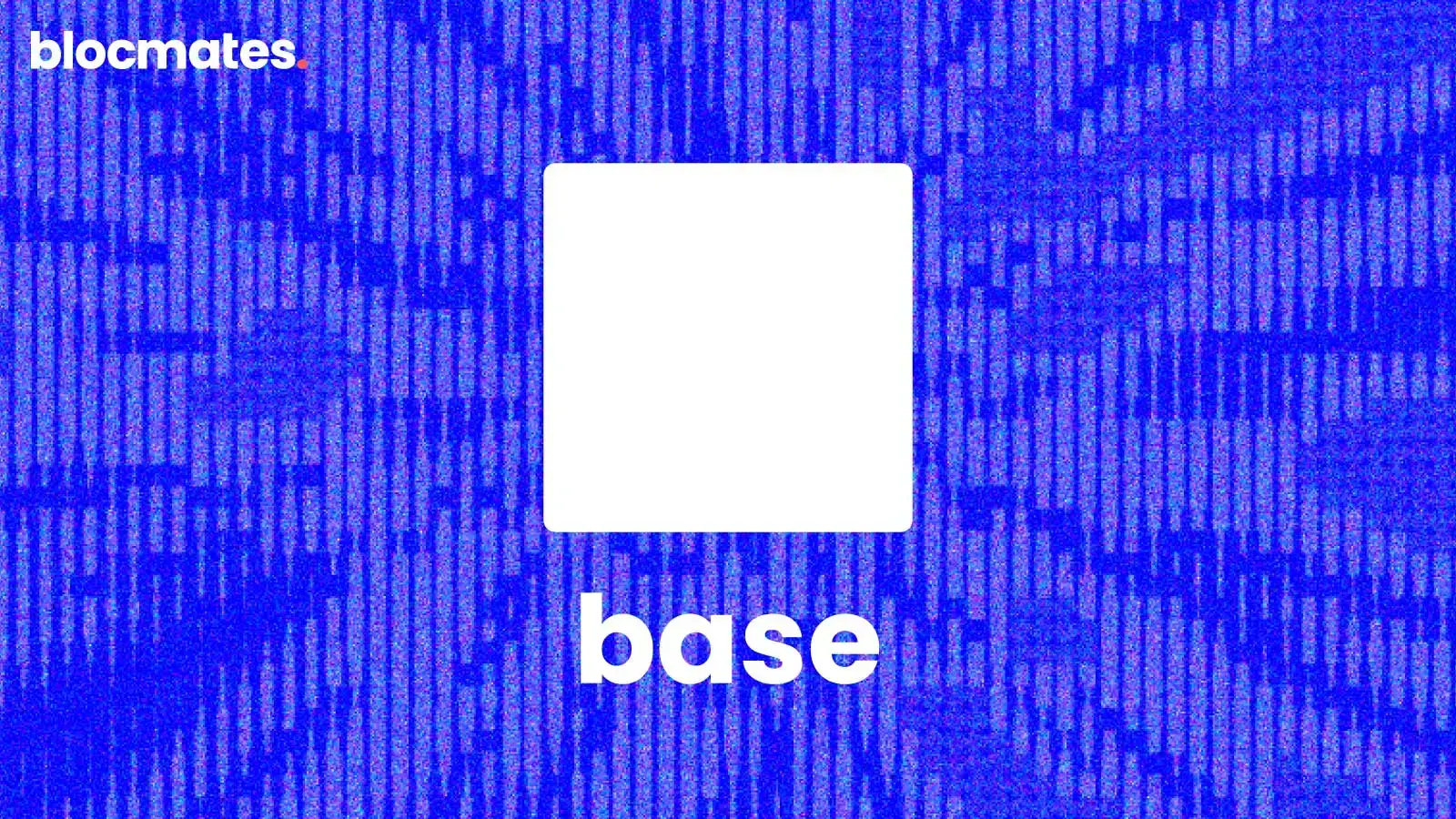
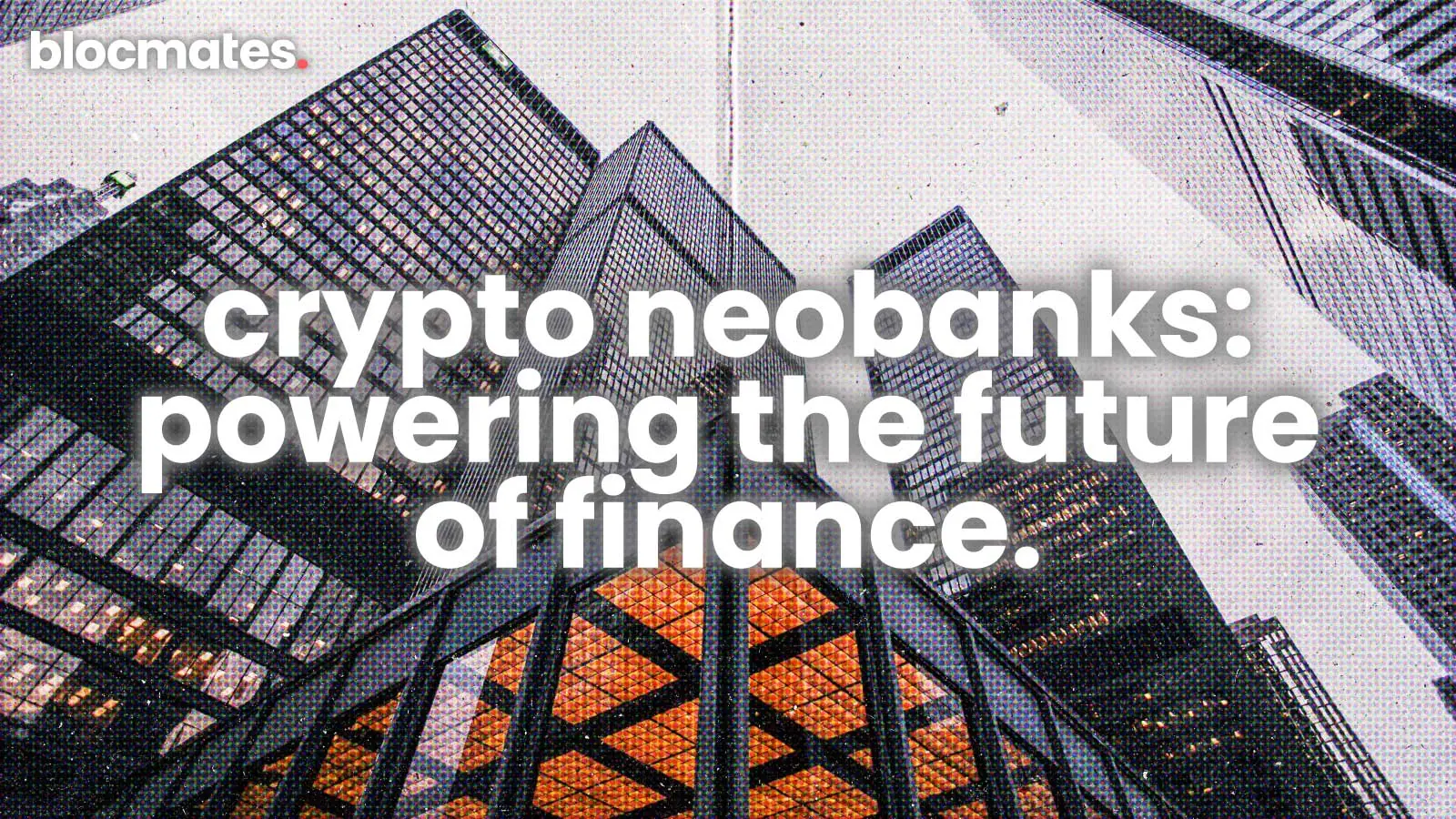


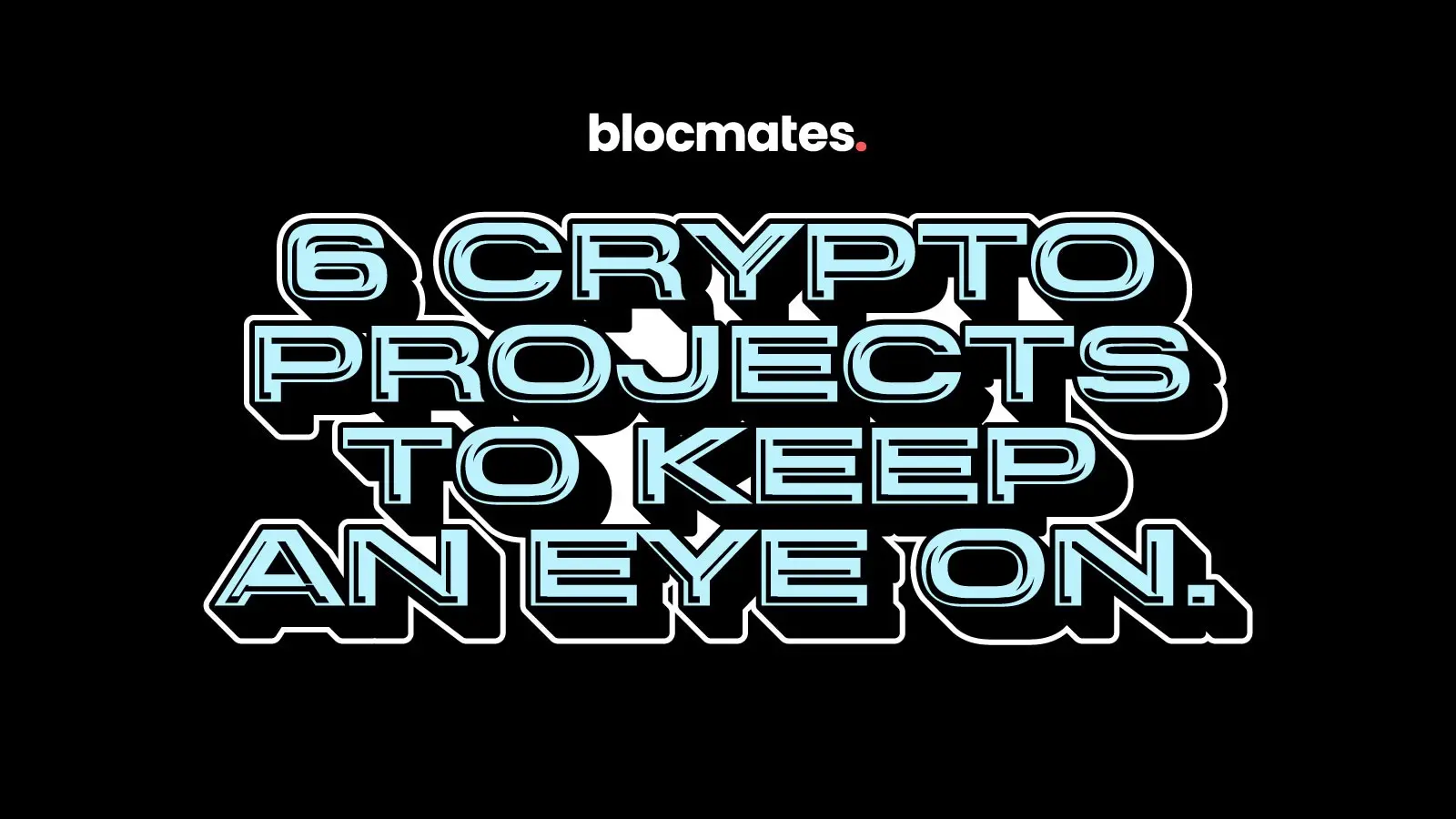
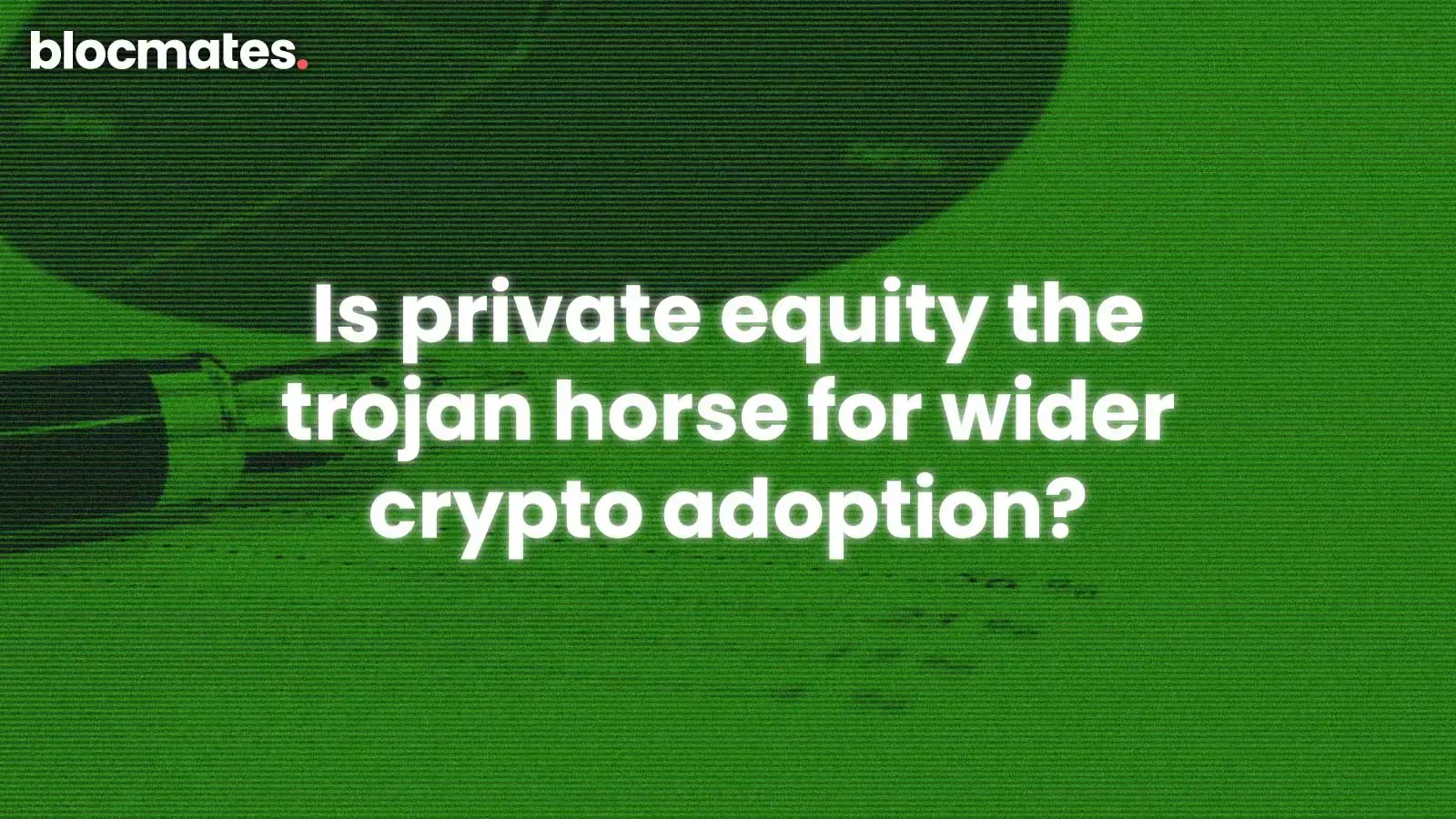
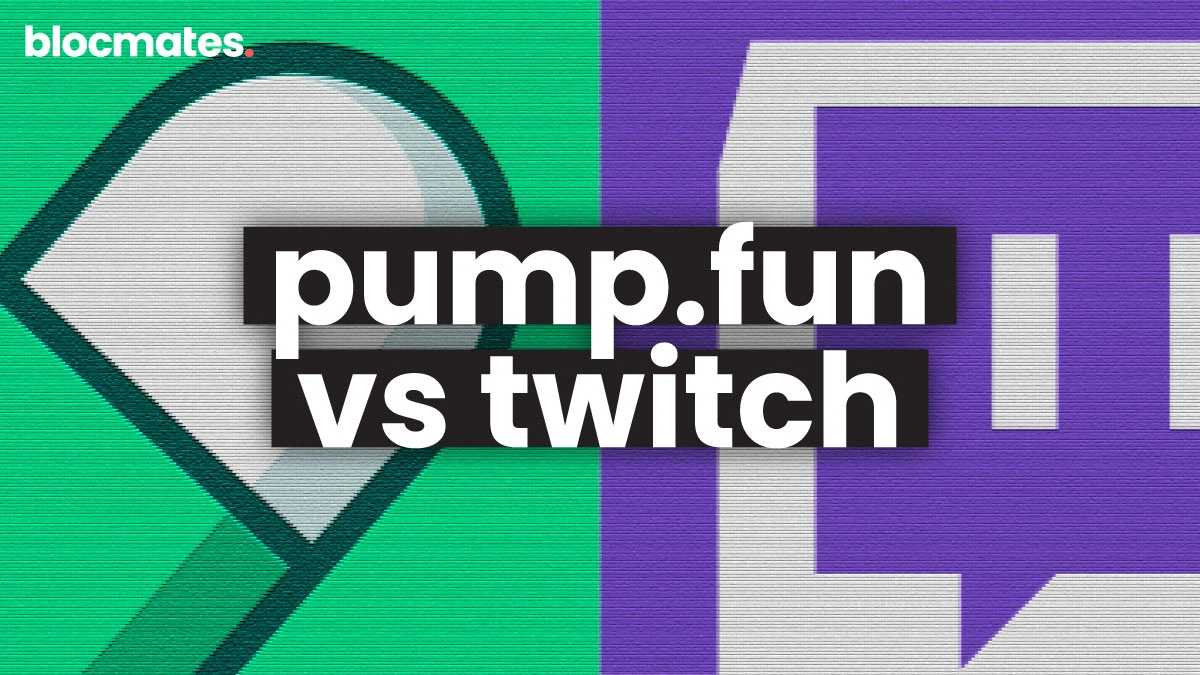

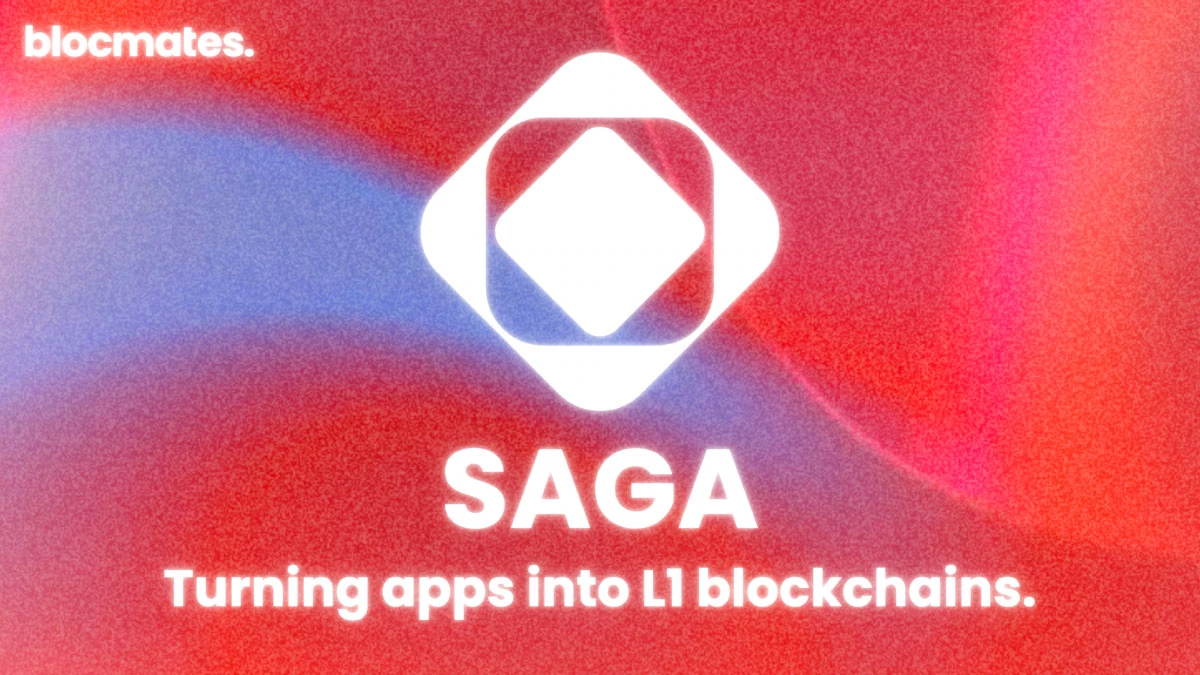

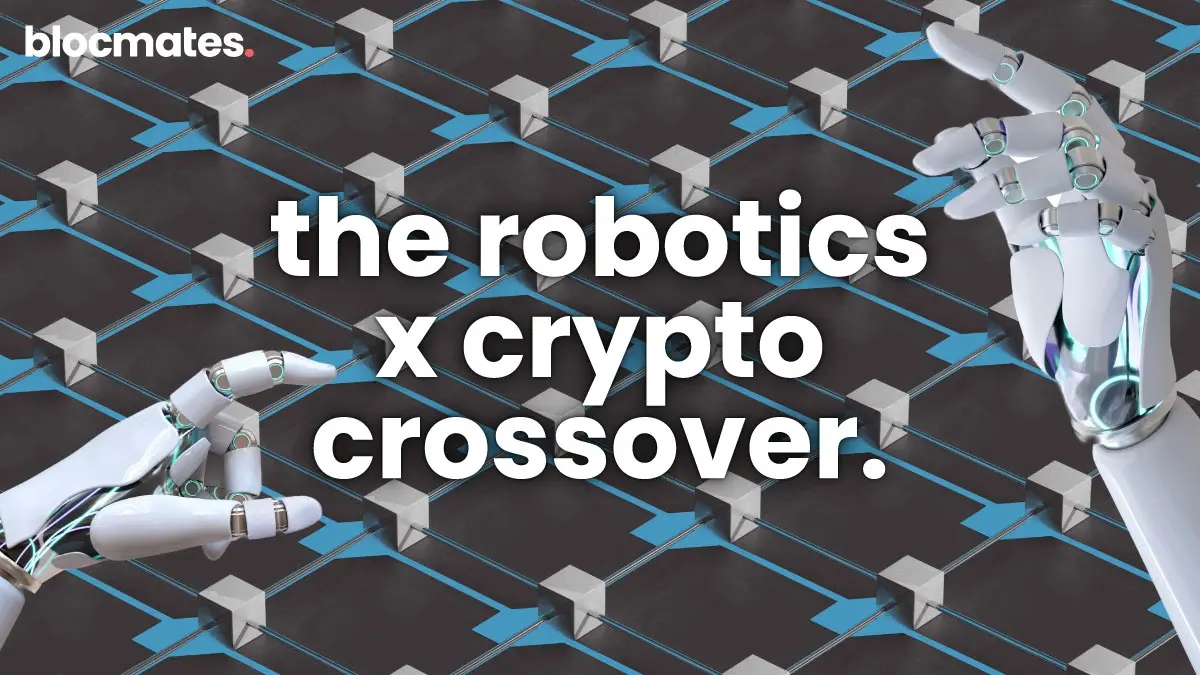
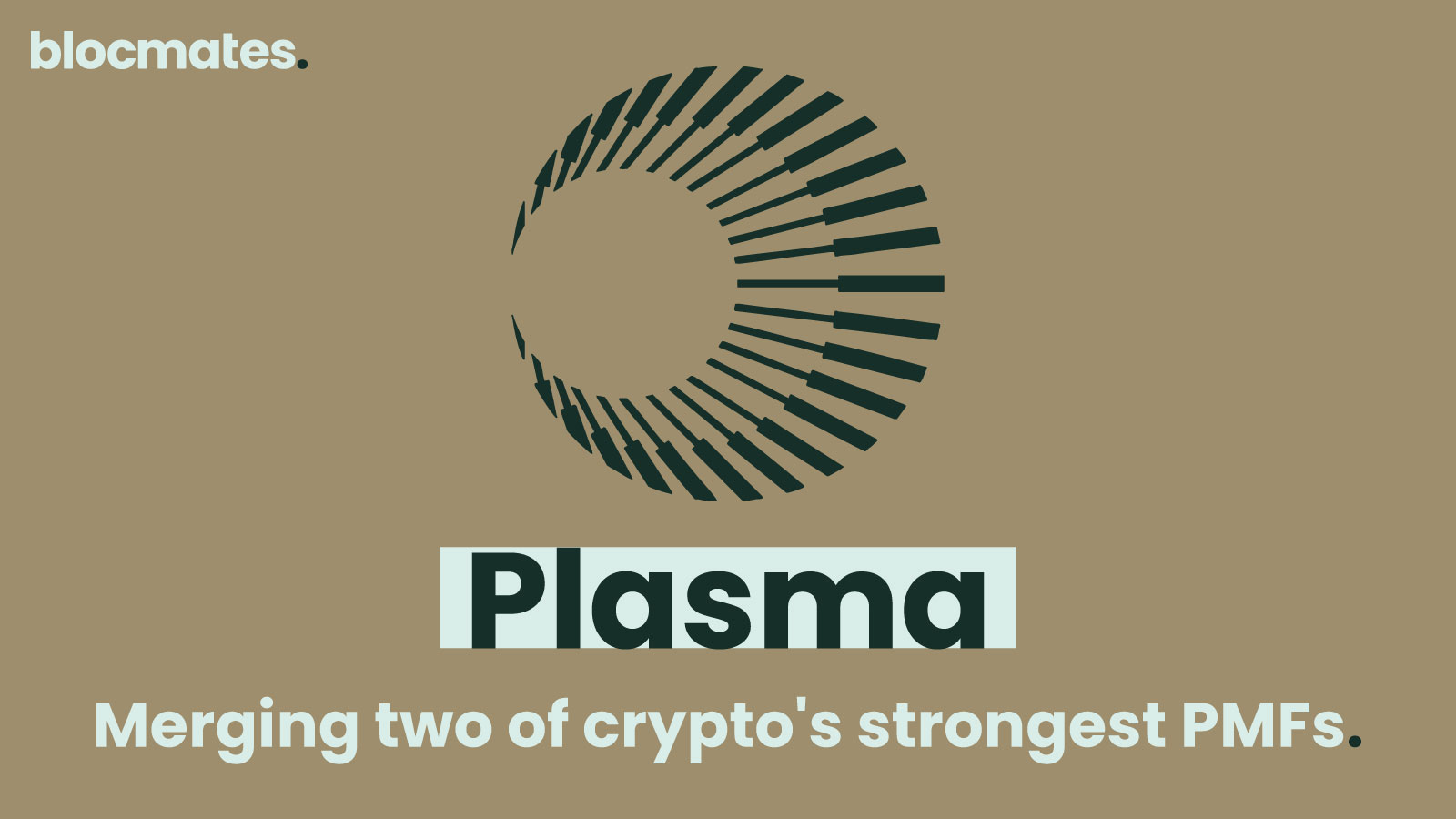

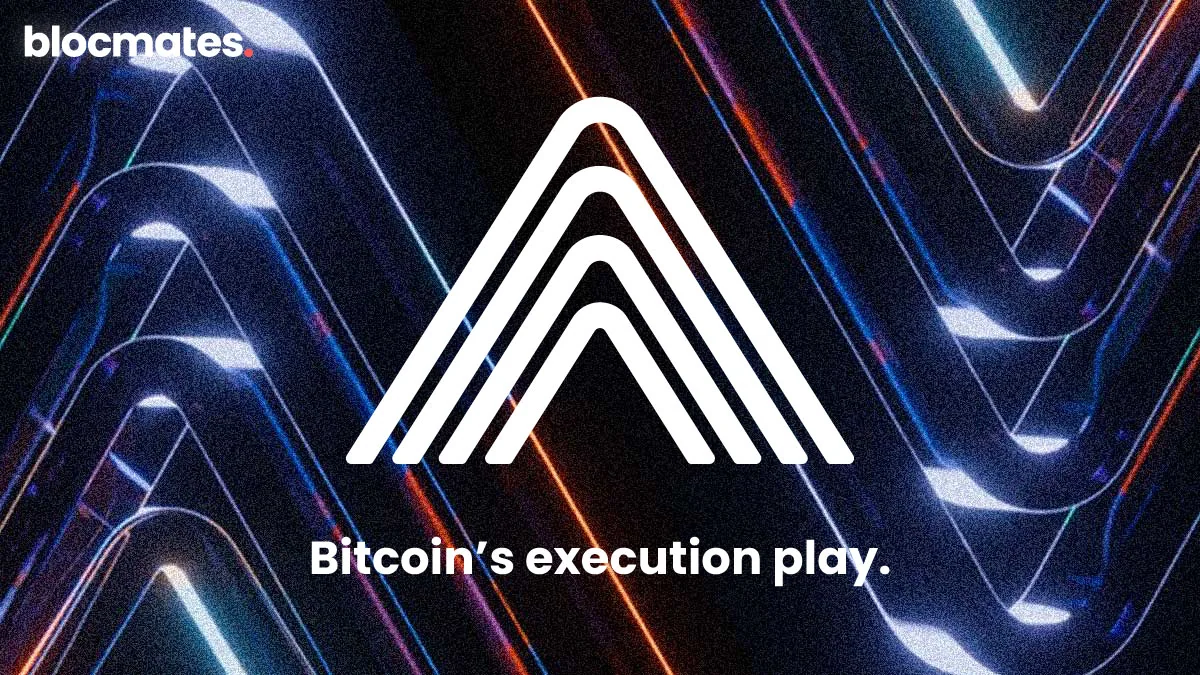
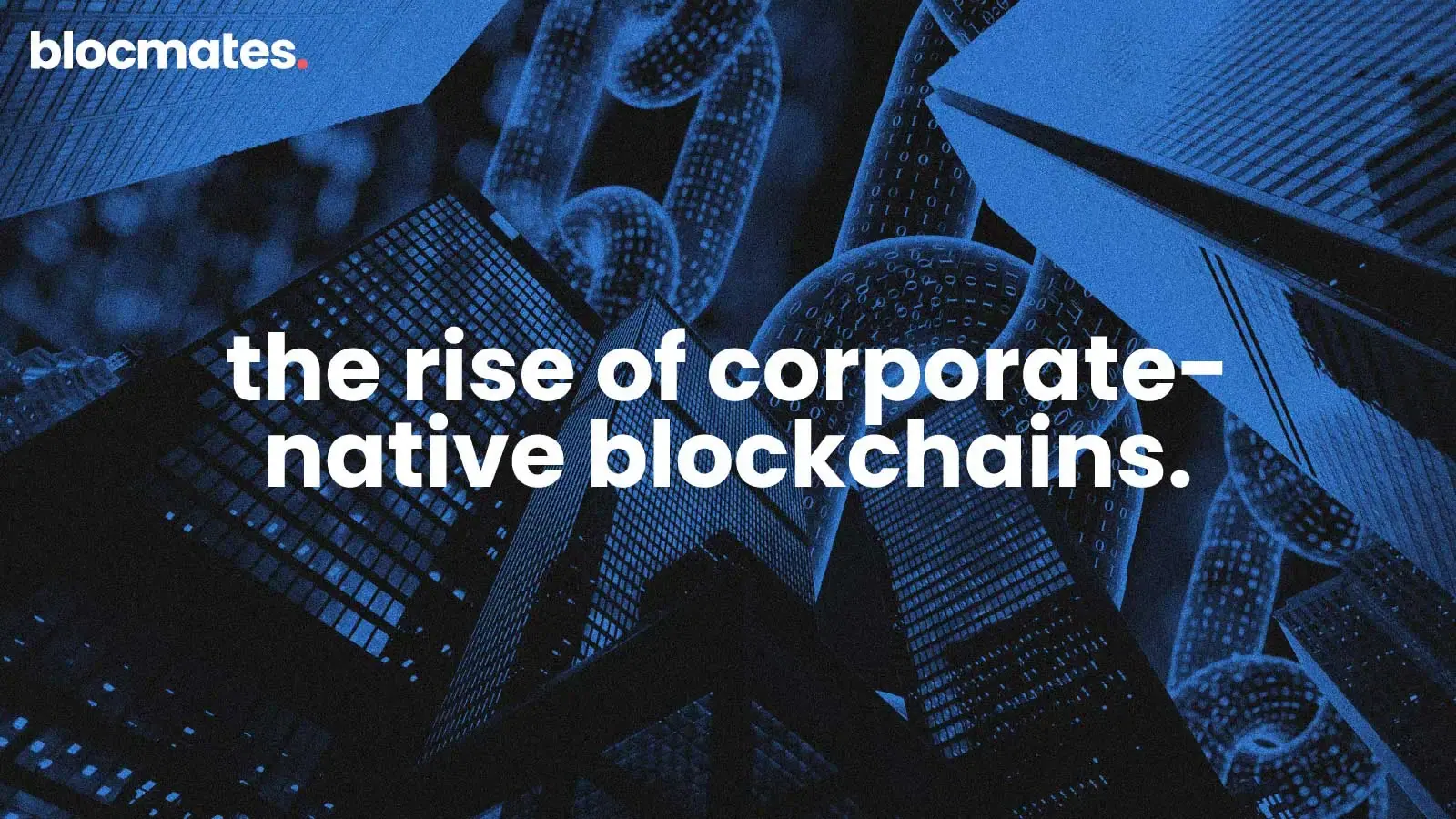
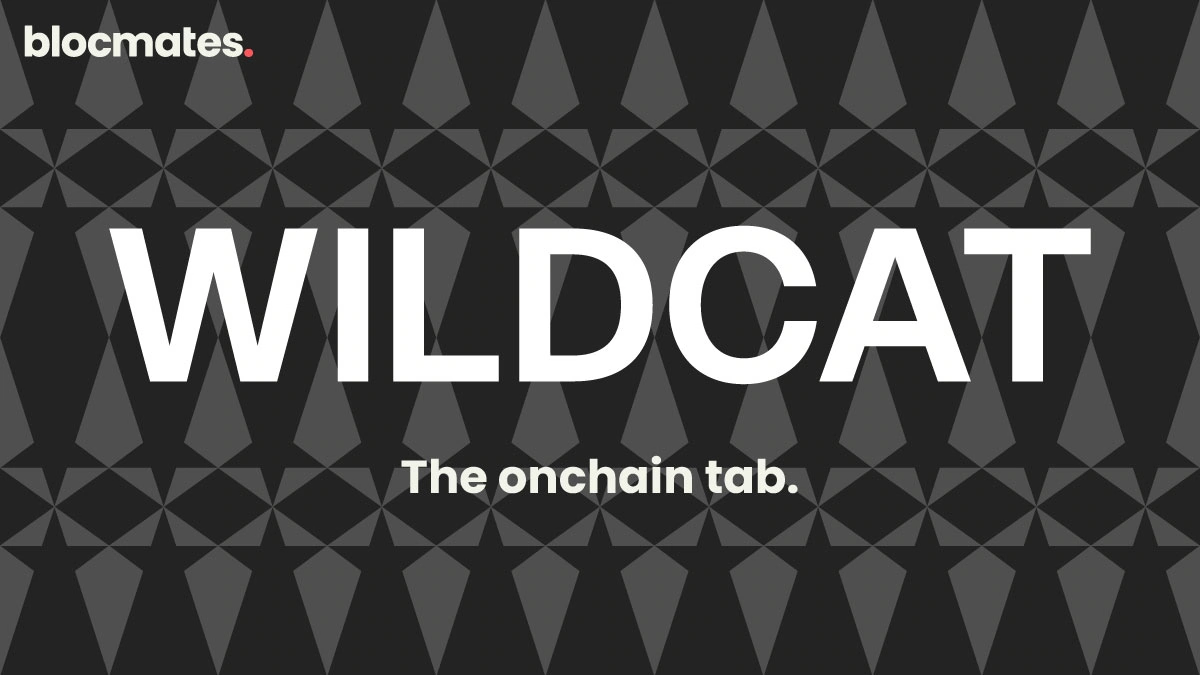
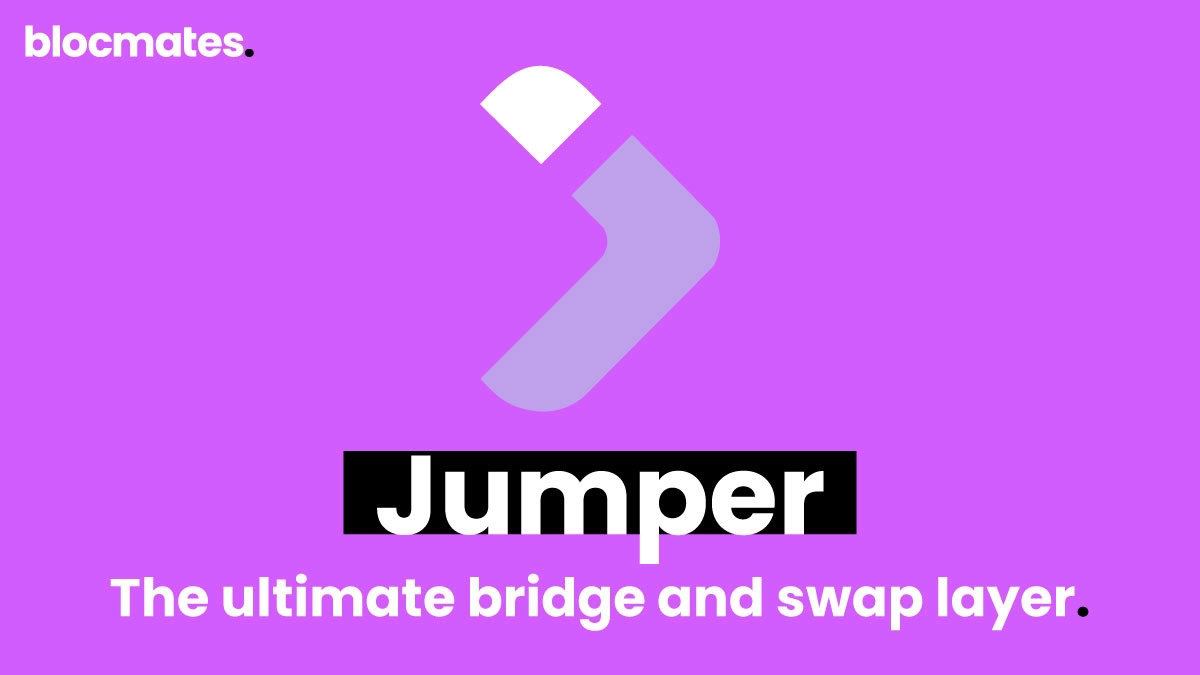
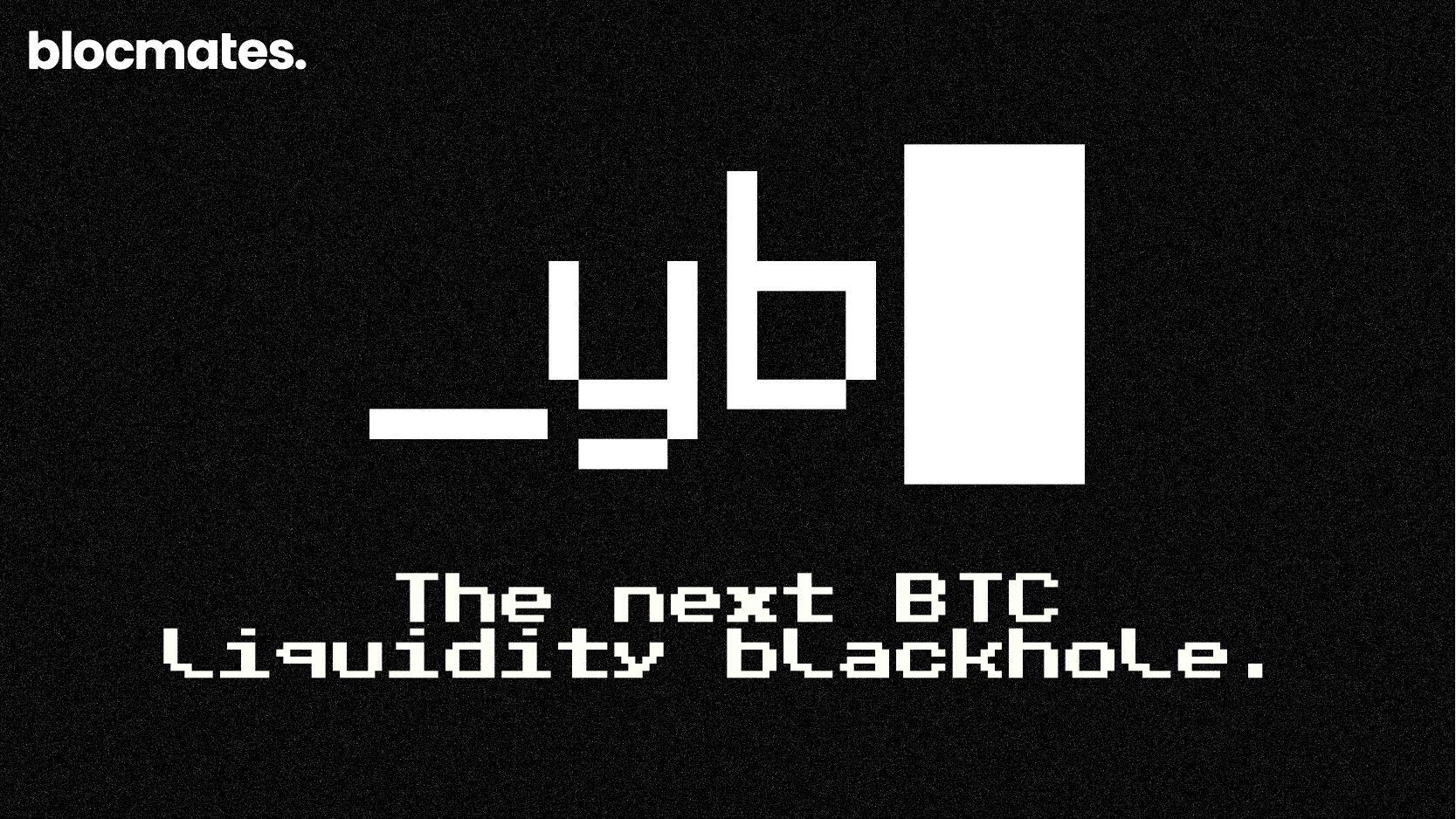
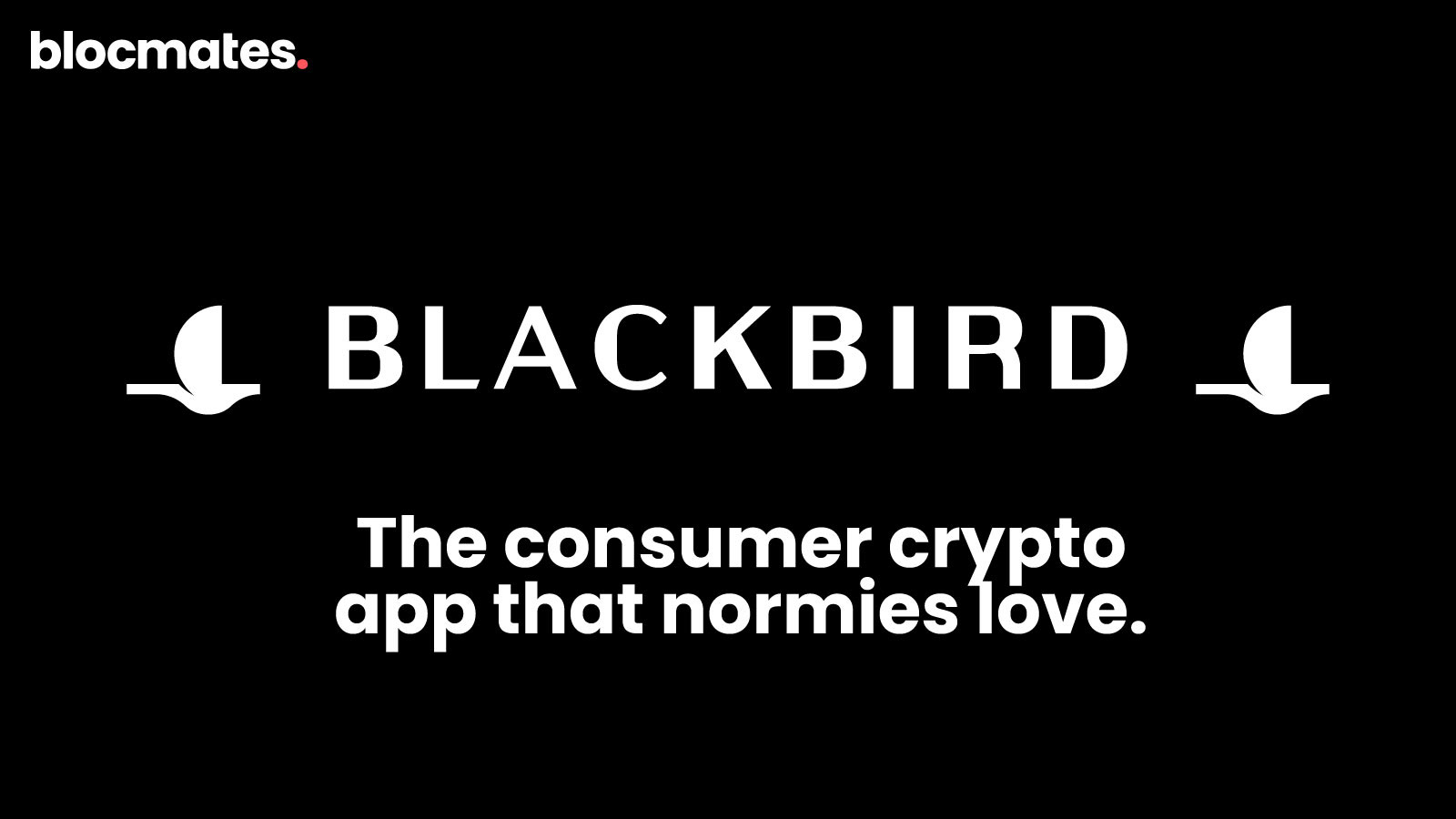
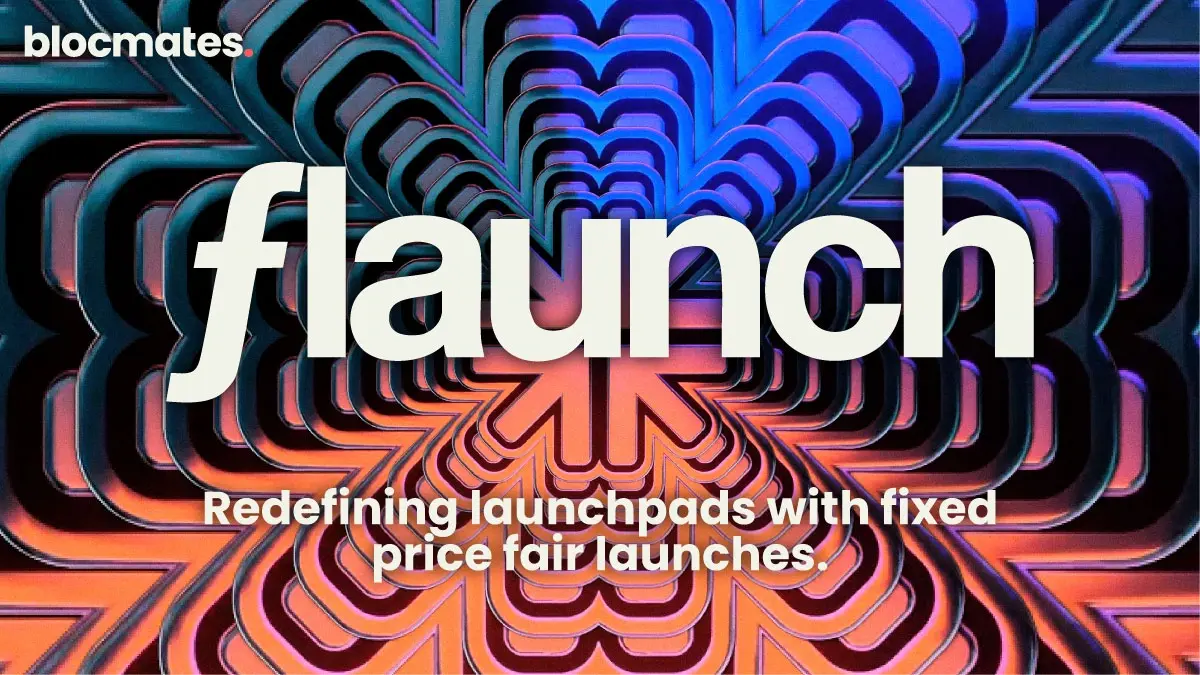

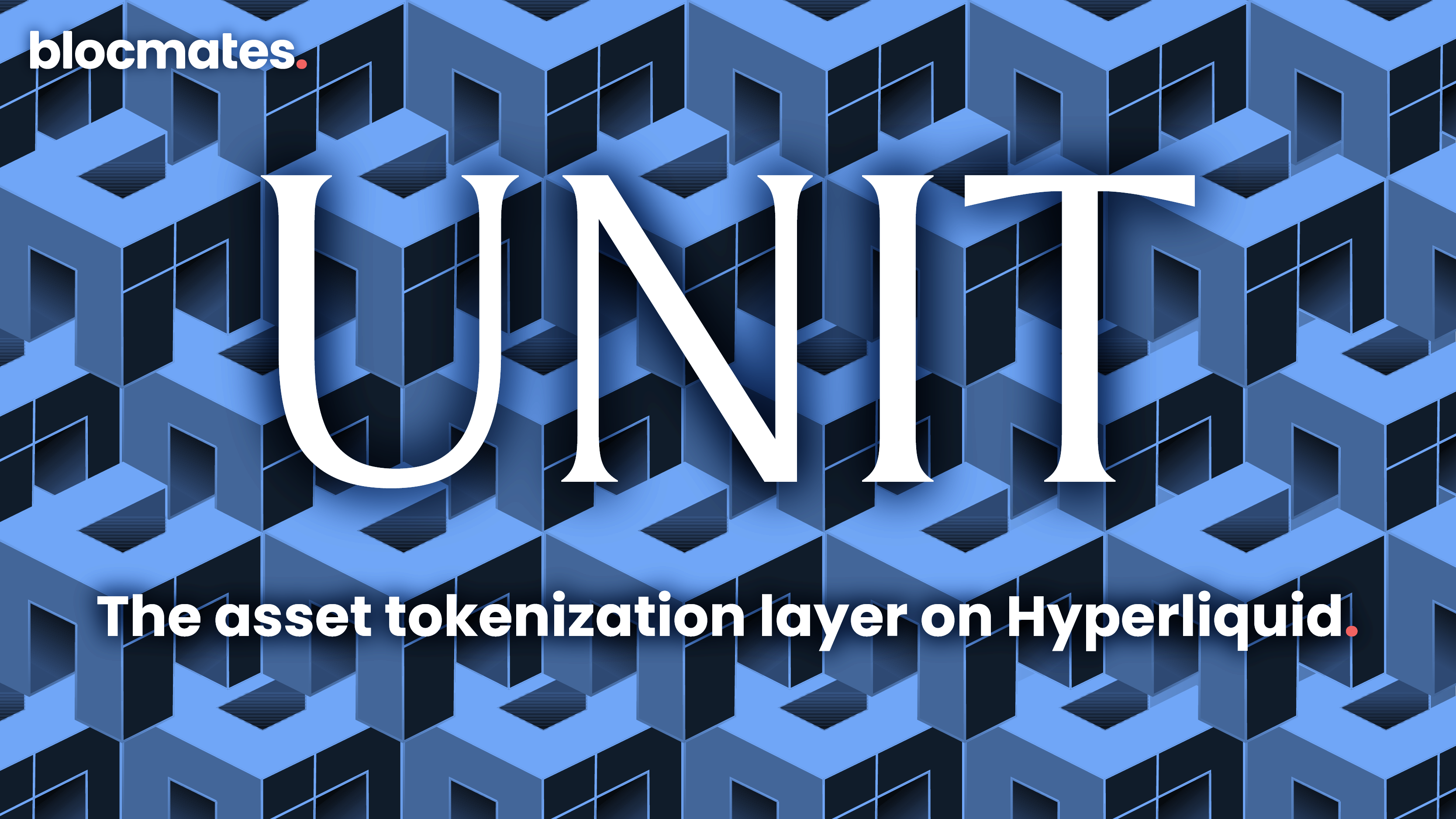



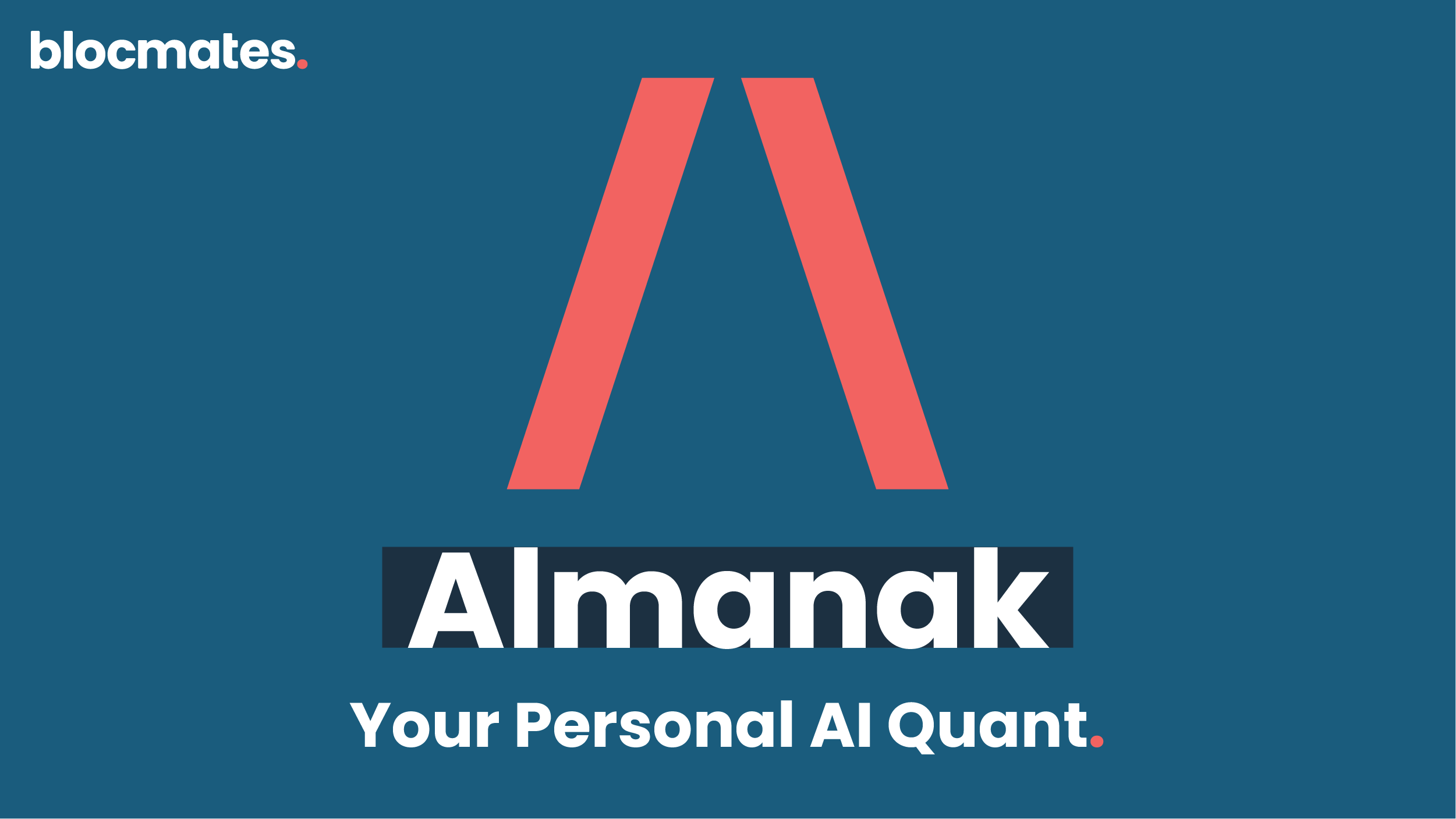
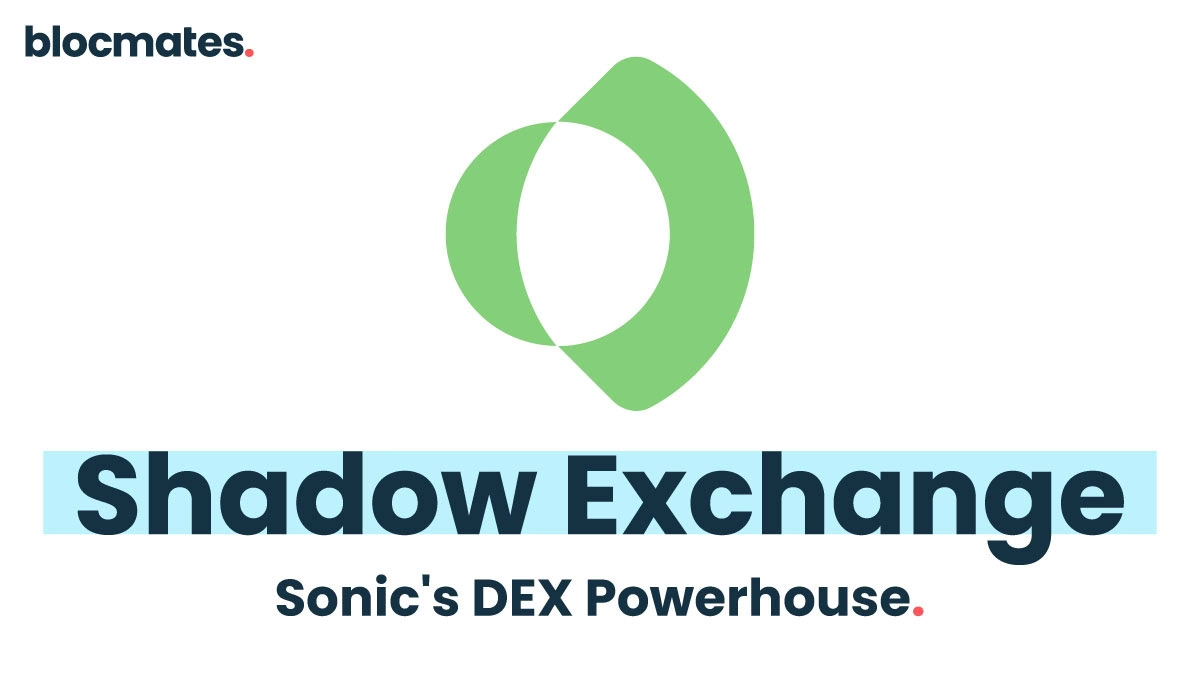


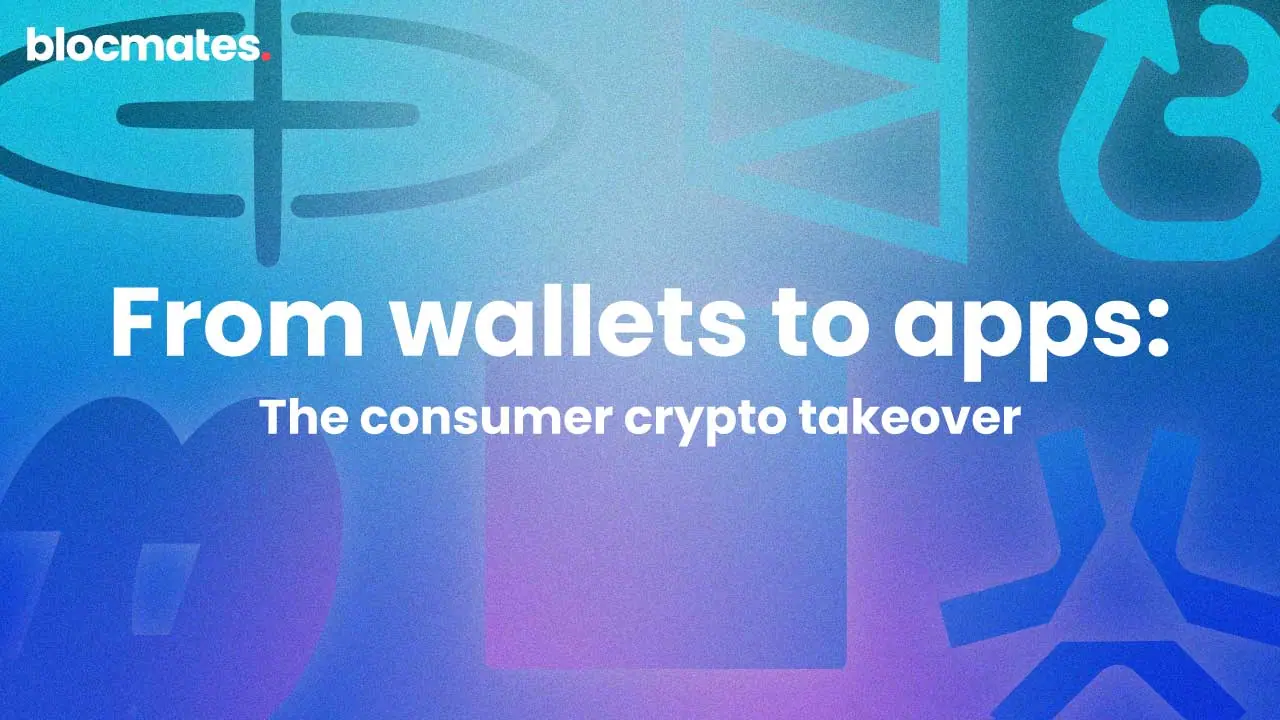


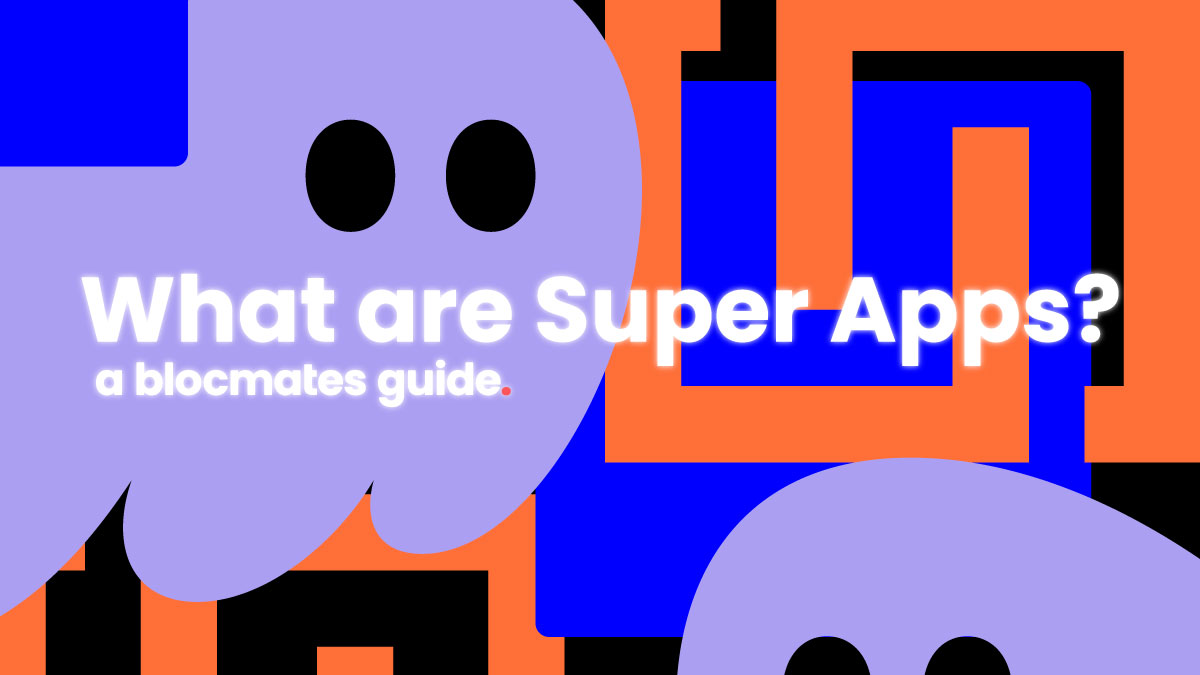

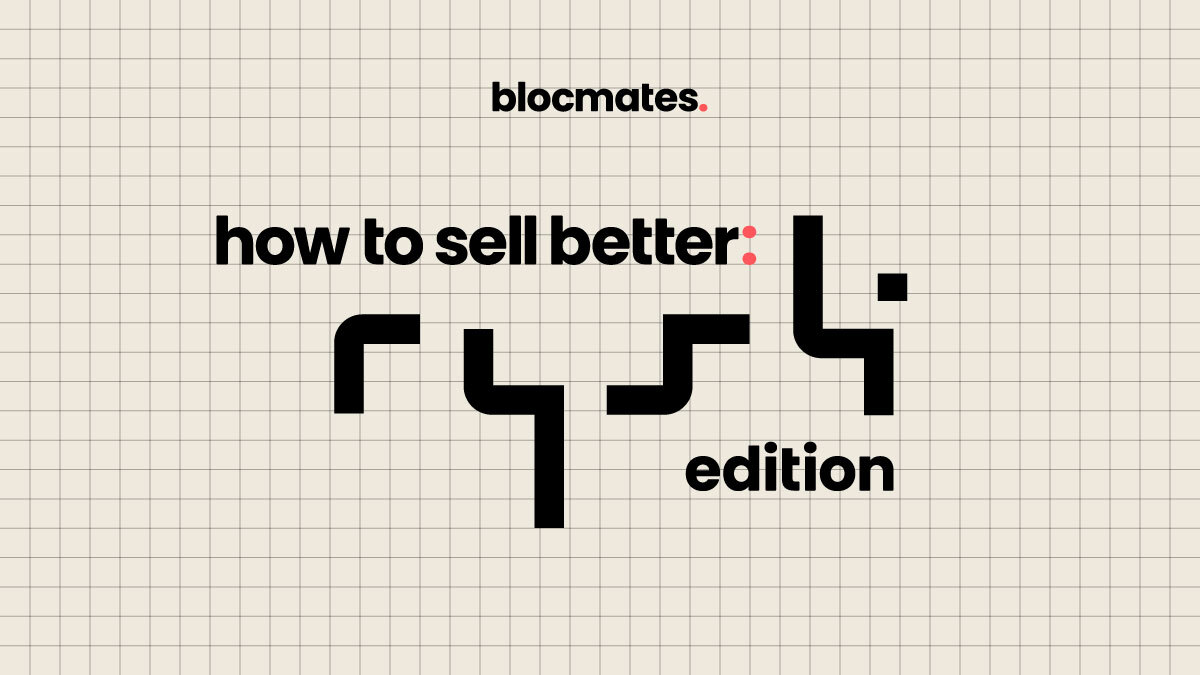
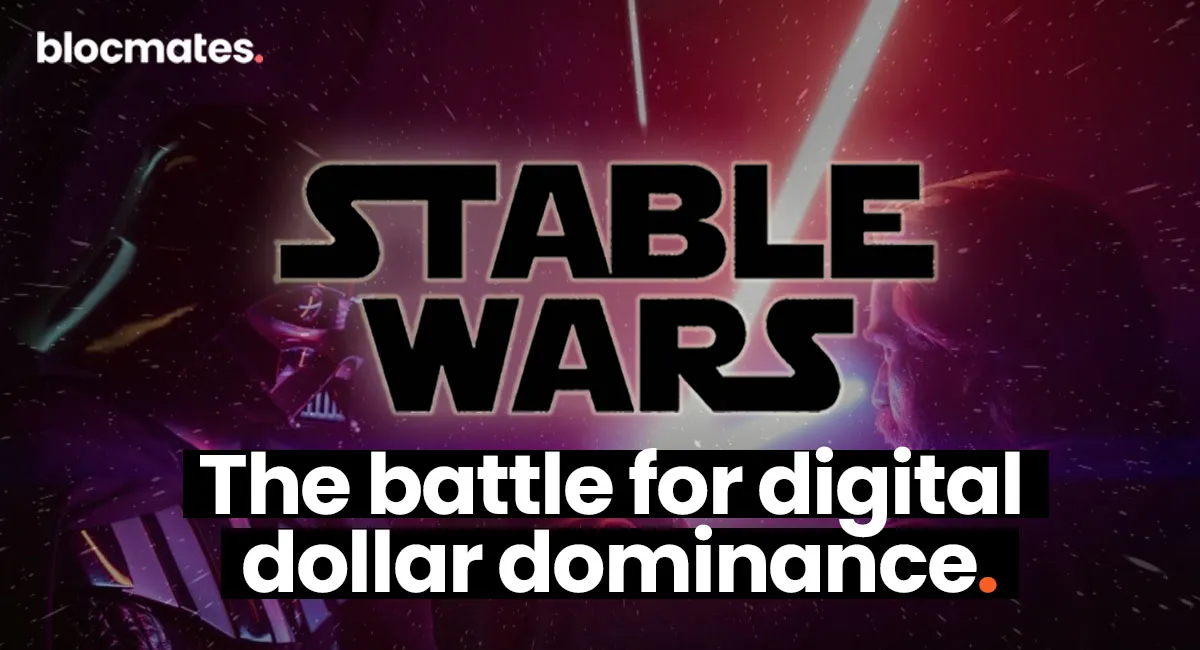

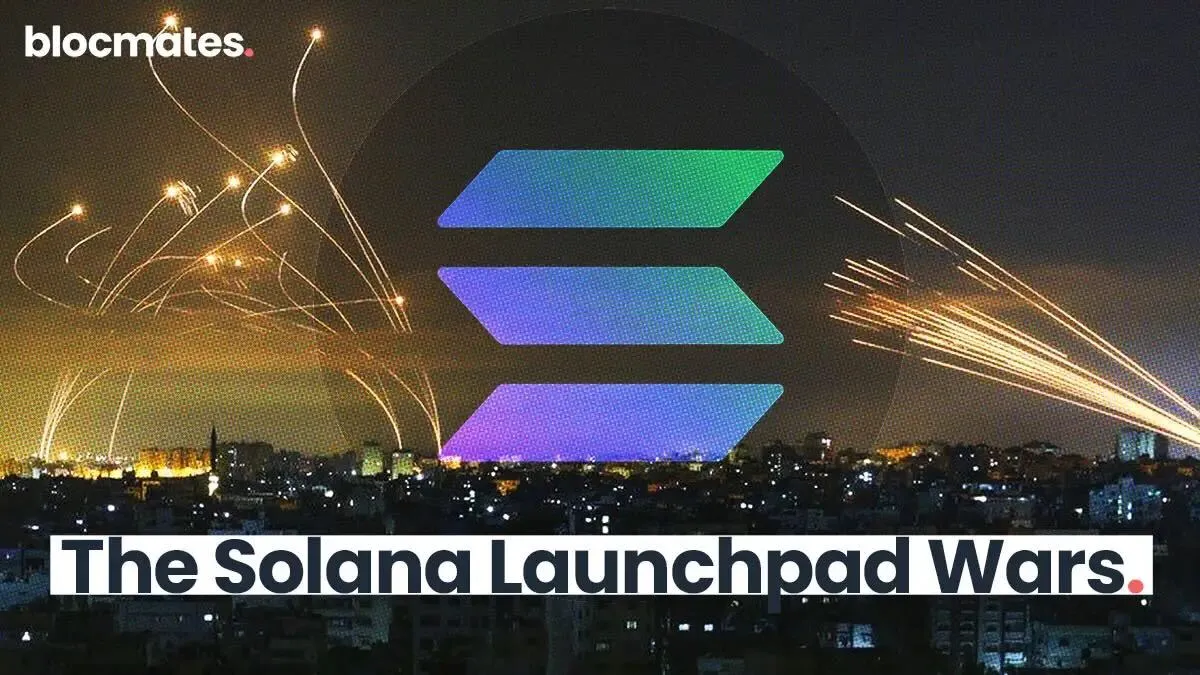




















%202.webp)


.webp)

.webp)
.webp)
.webp)



.webp)

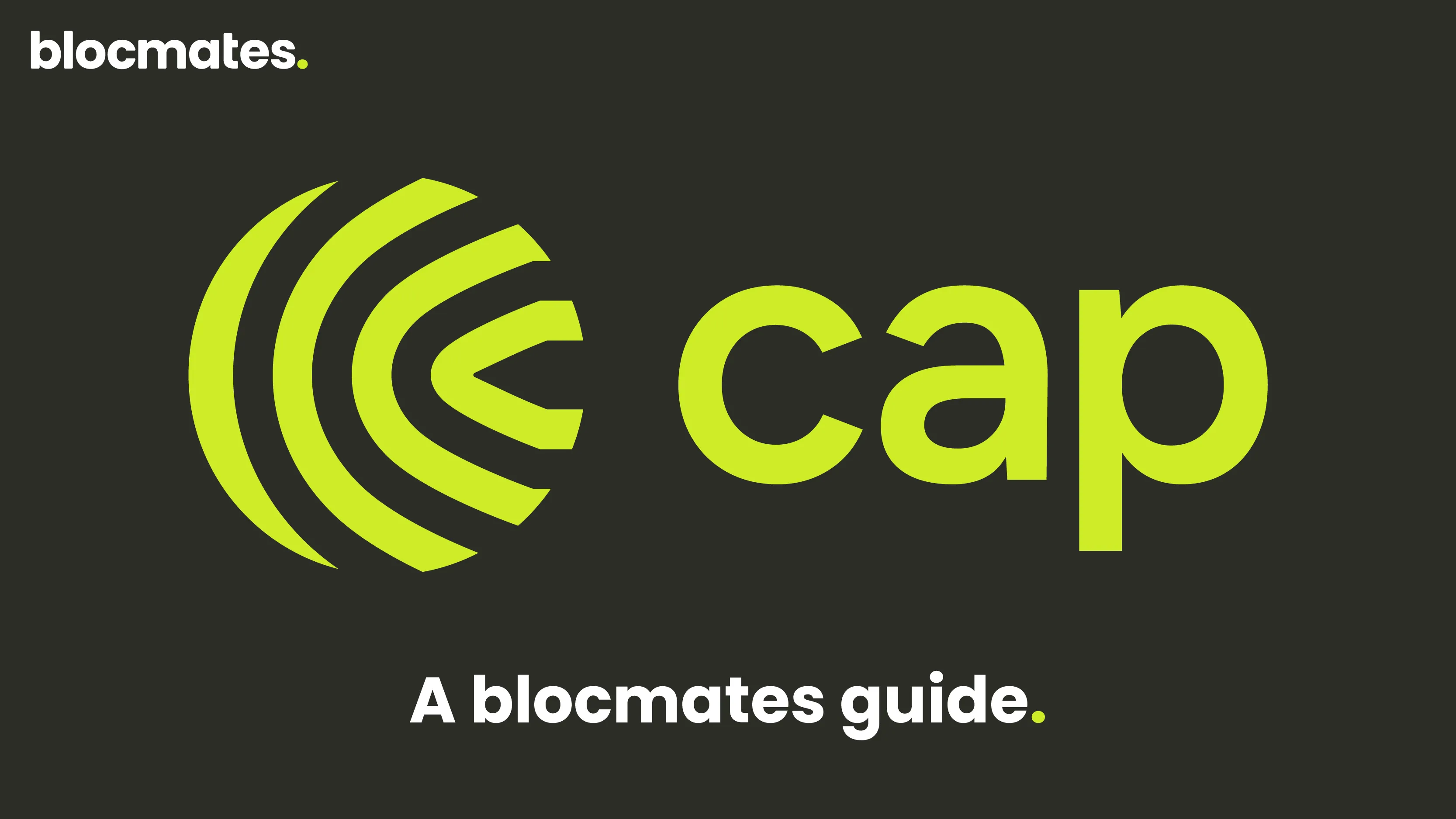










%20the%20Next%20Big%20Unlock%20in%20AI.webp)




.webp)
.webp)

.webp)
.webp)
.webp)


.webp)
.webp)










.webp)


.webp)









.webp)







.webp)
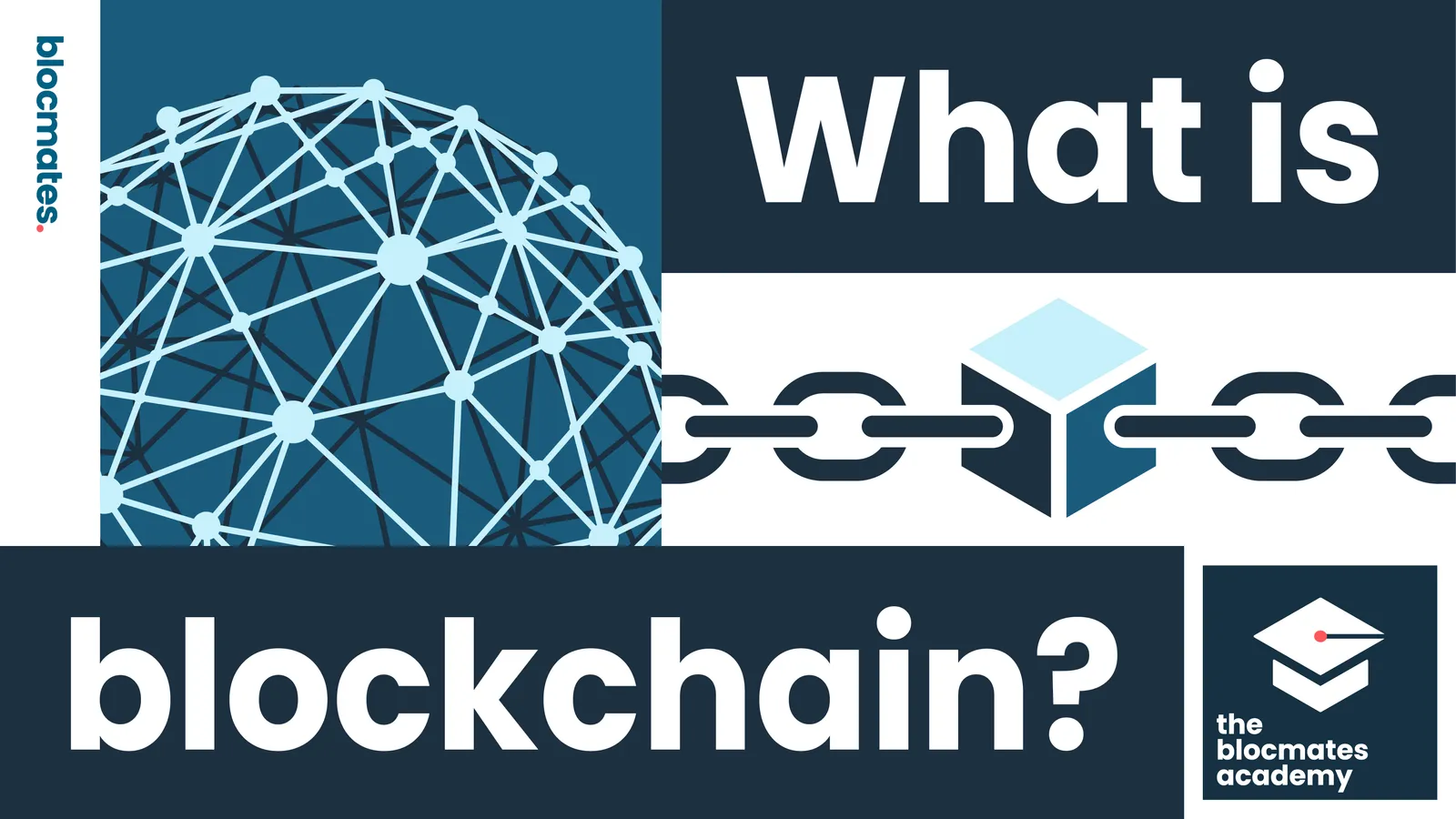



.webp)






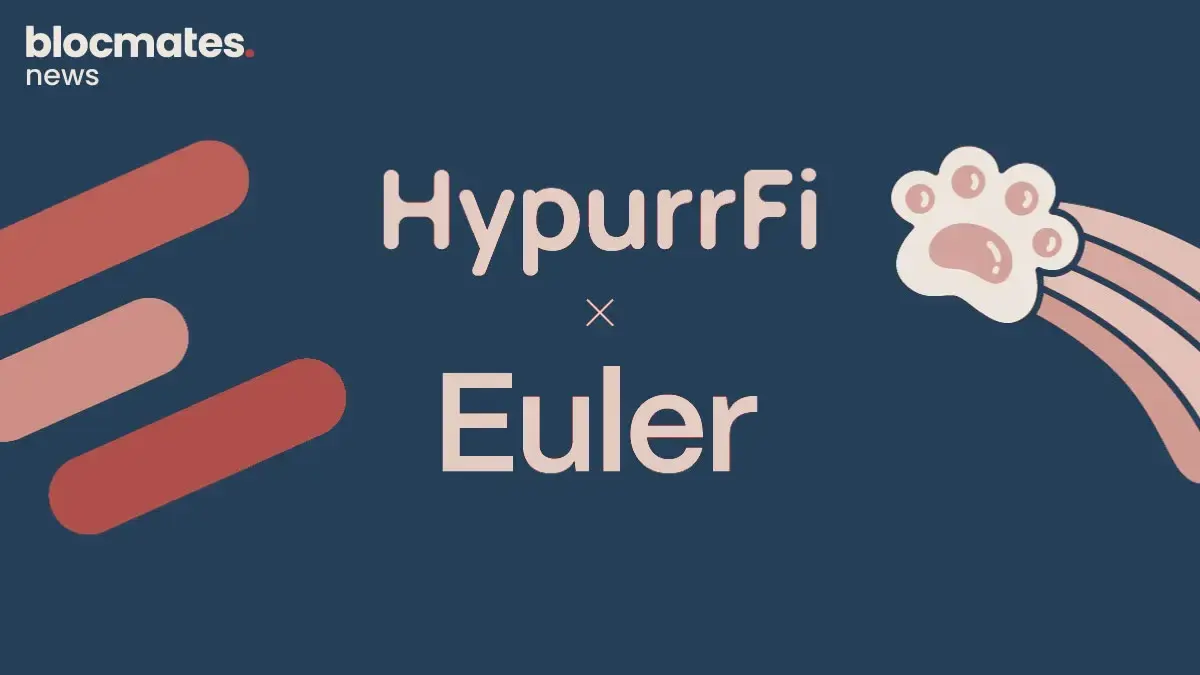









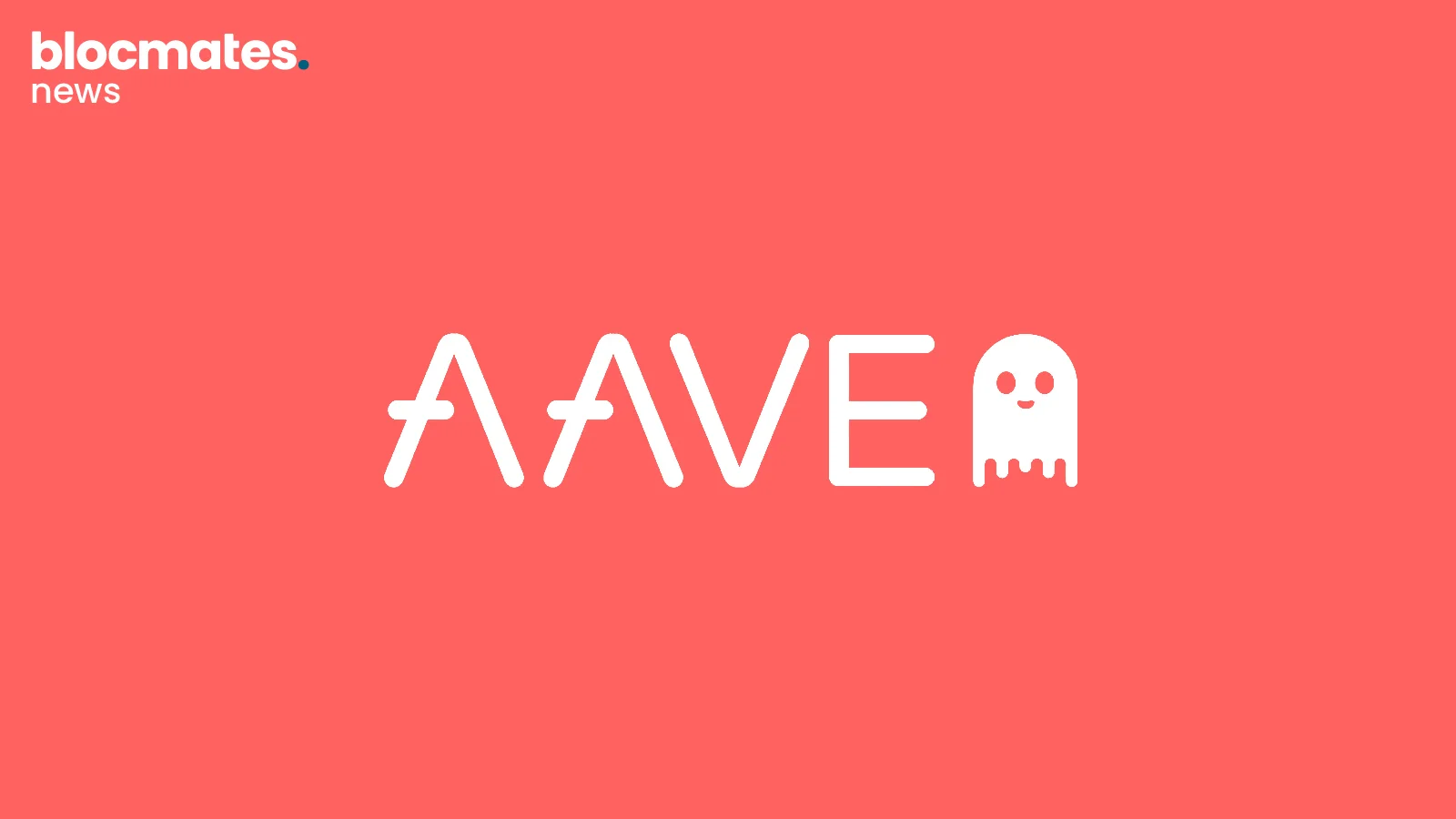
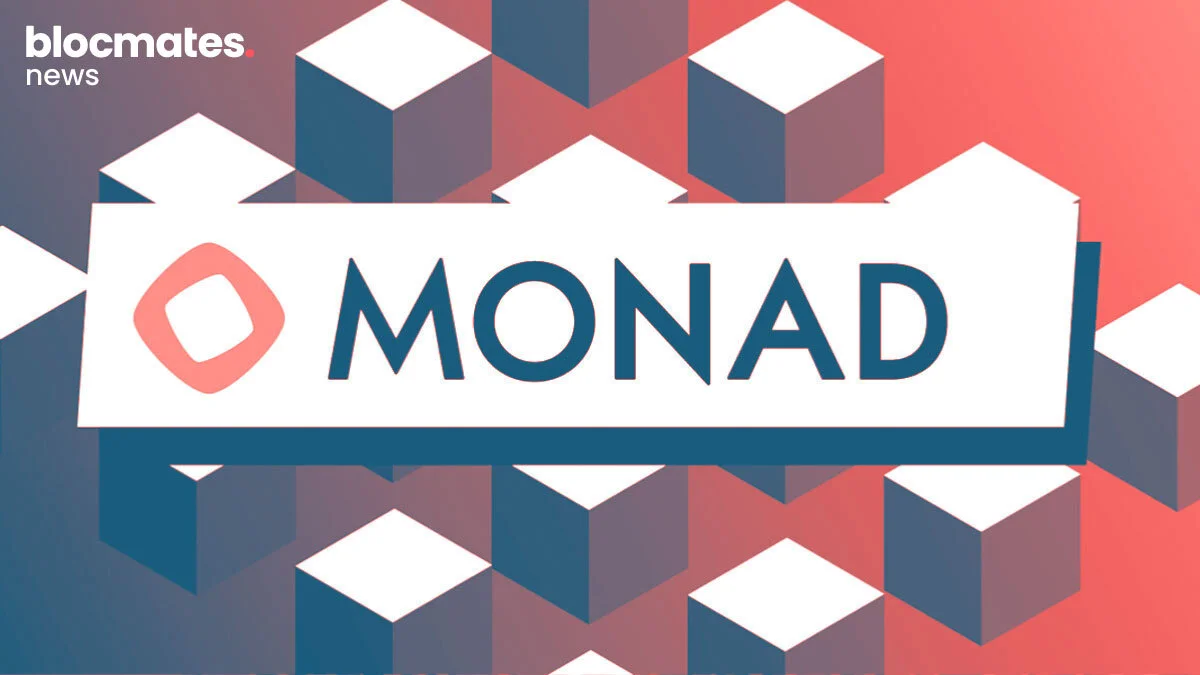
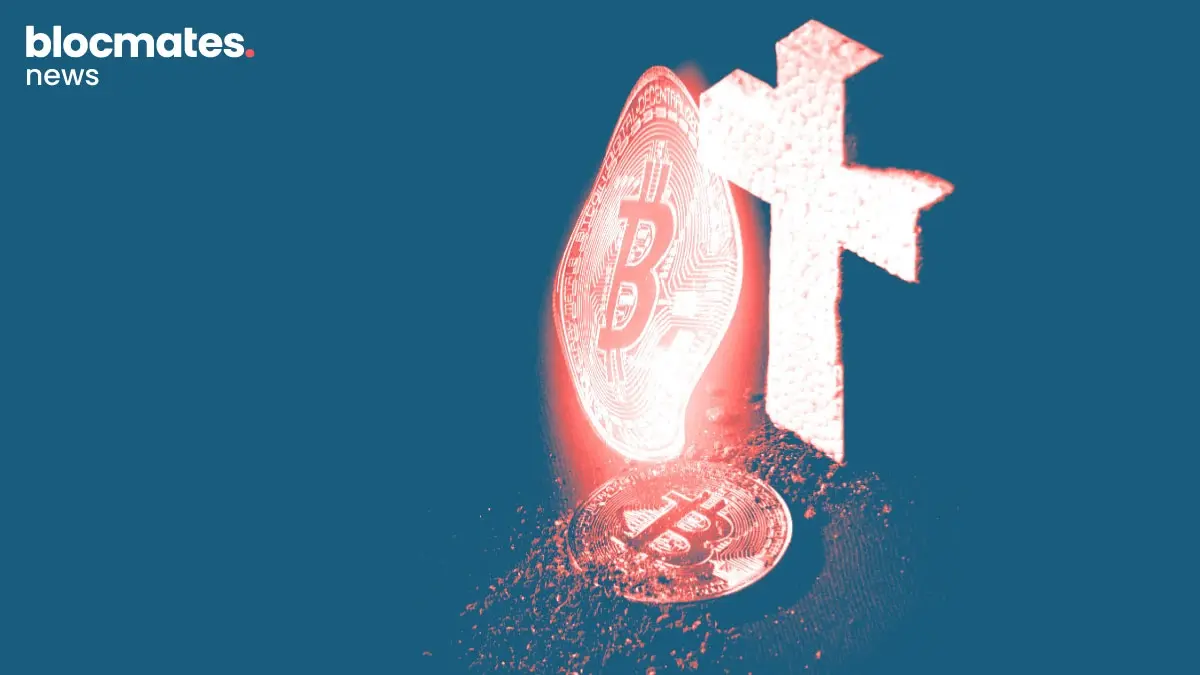







.webp)
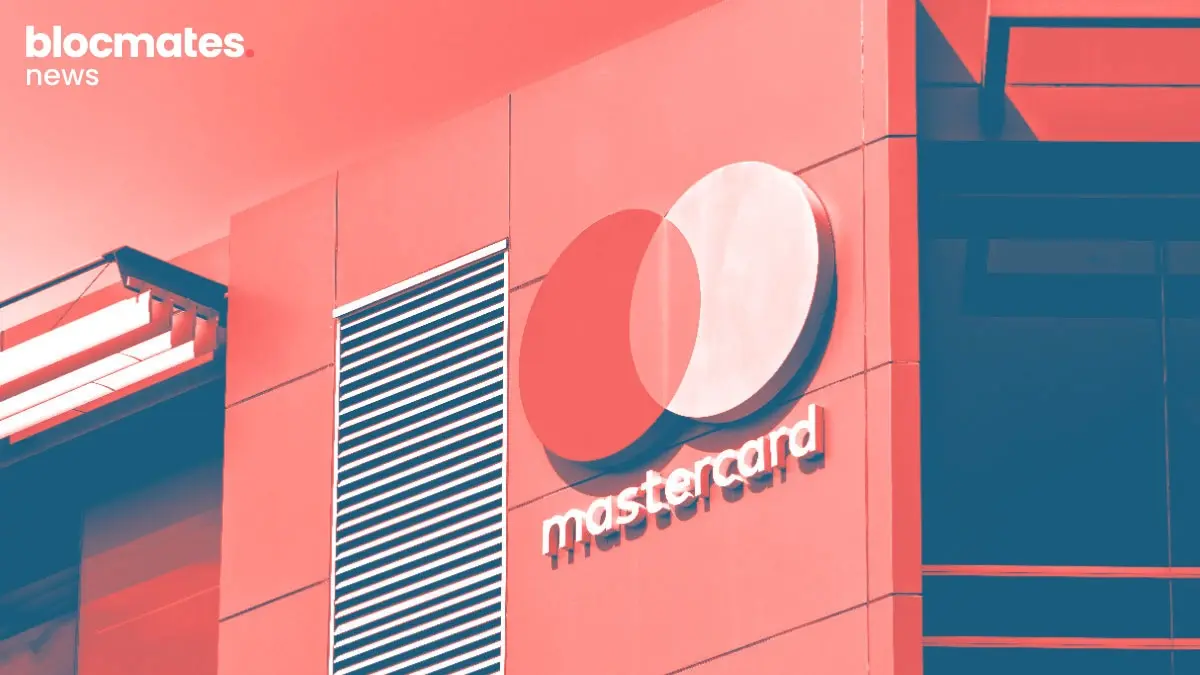






.webp)


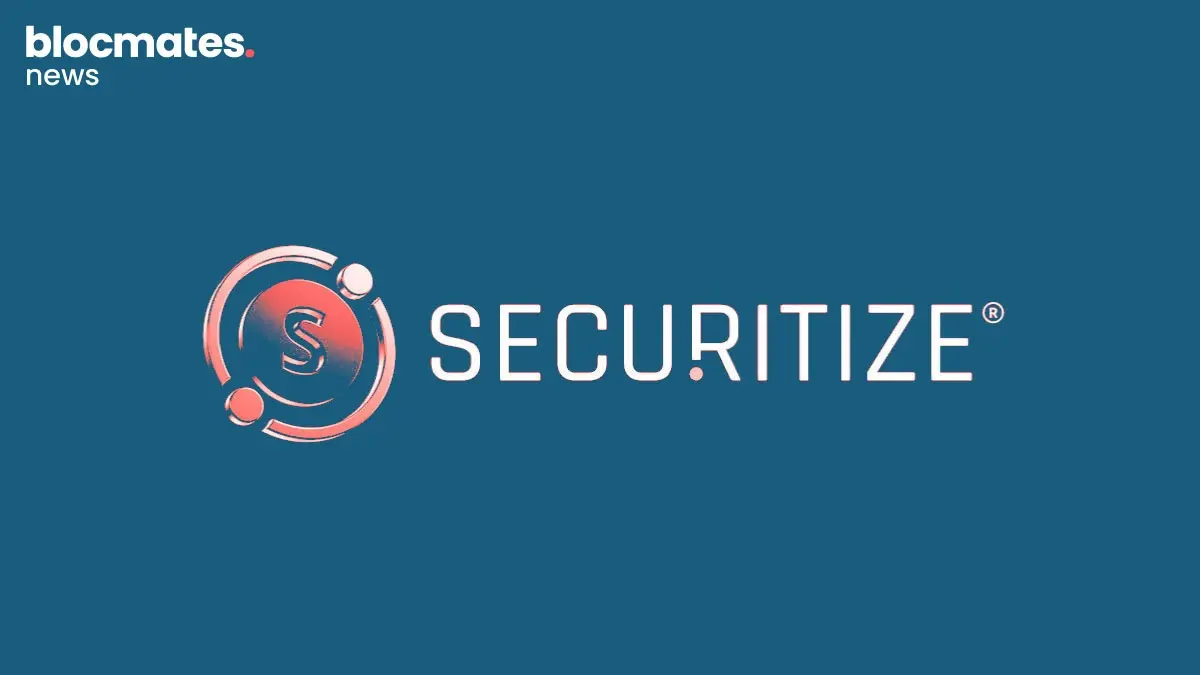

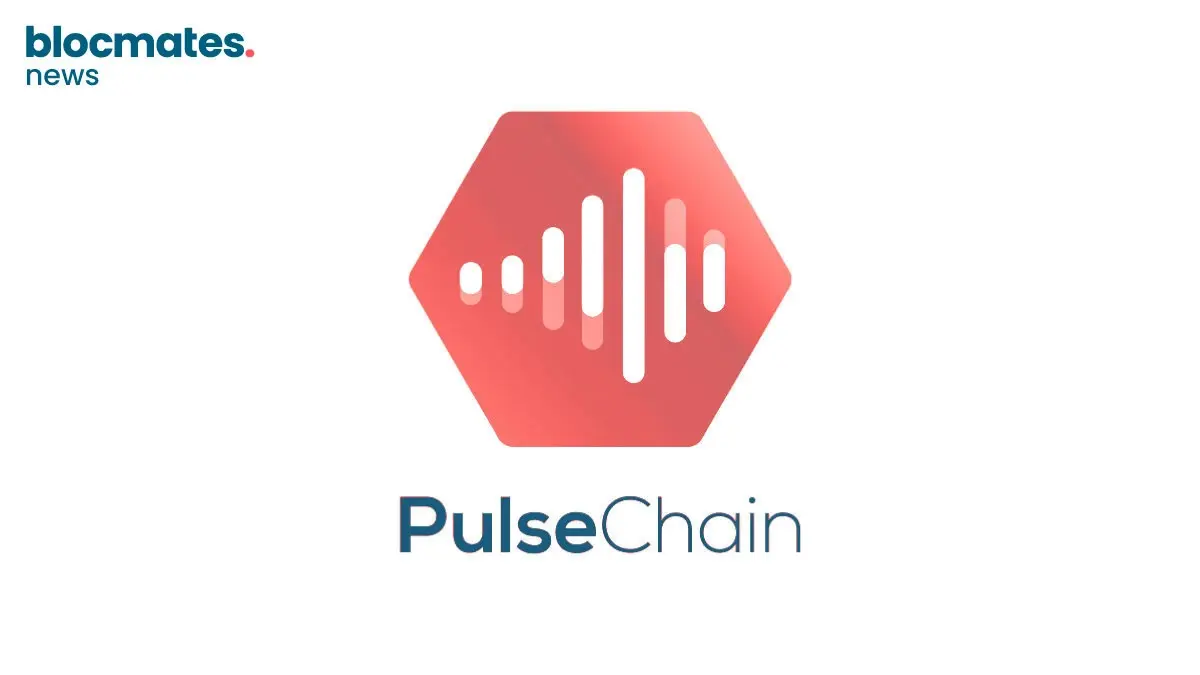
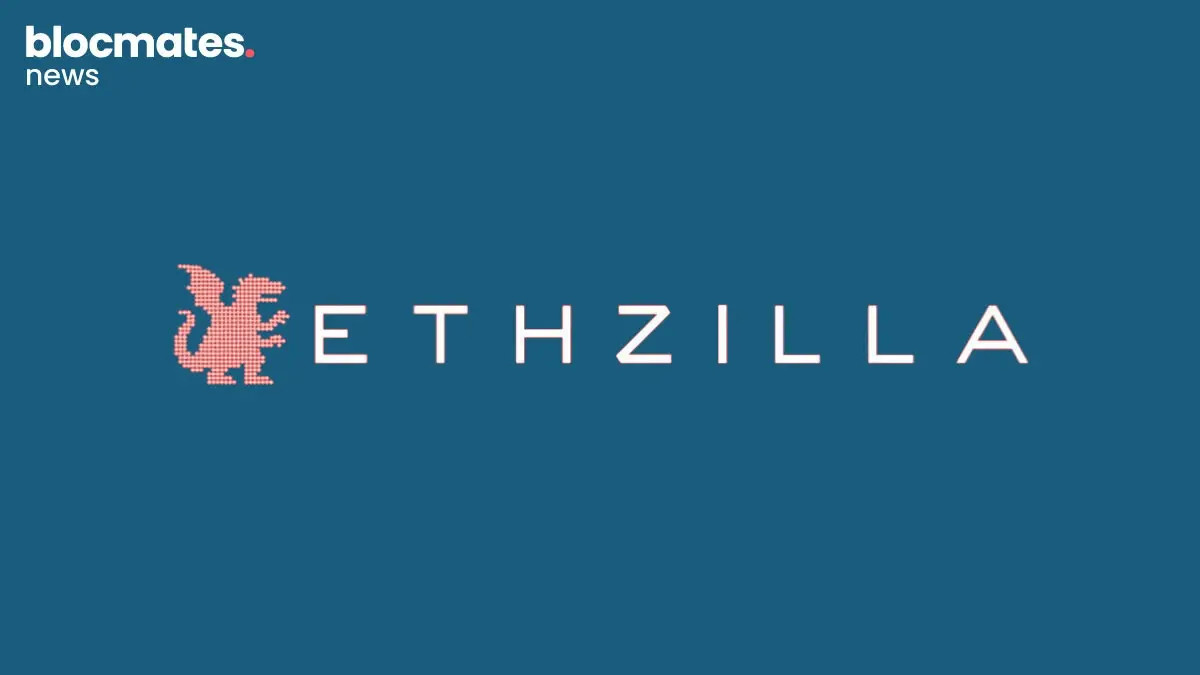
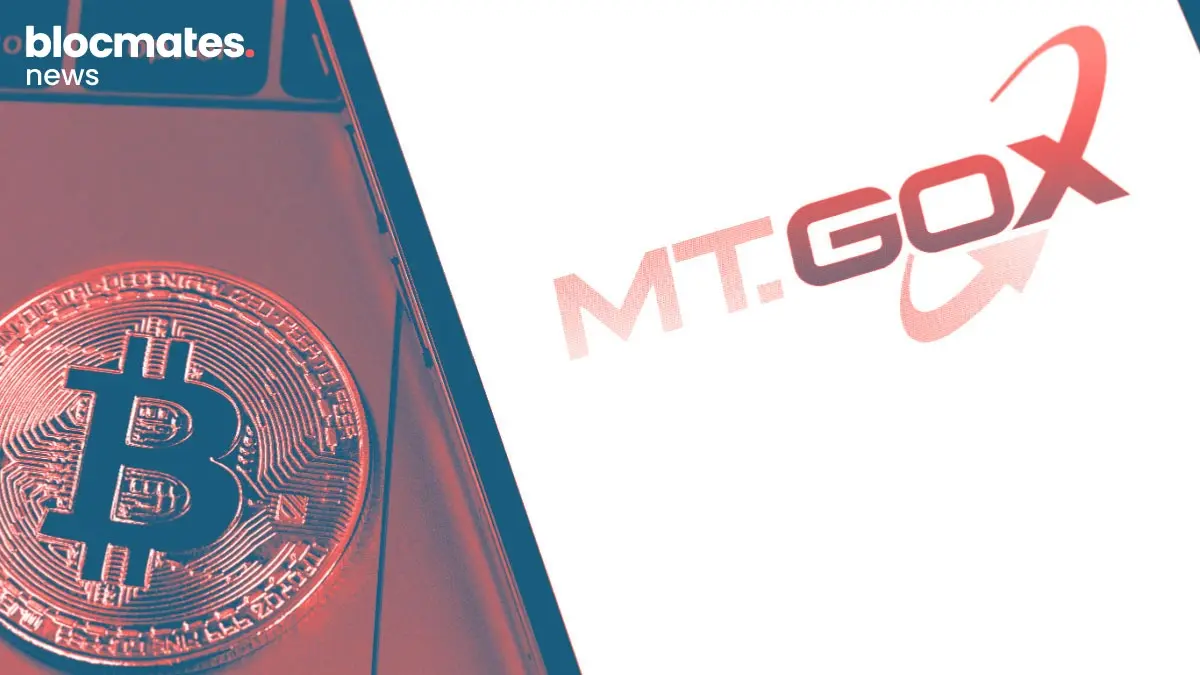
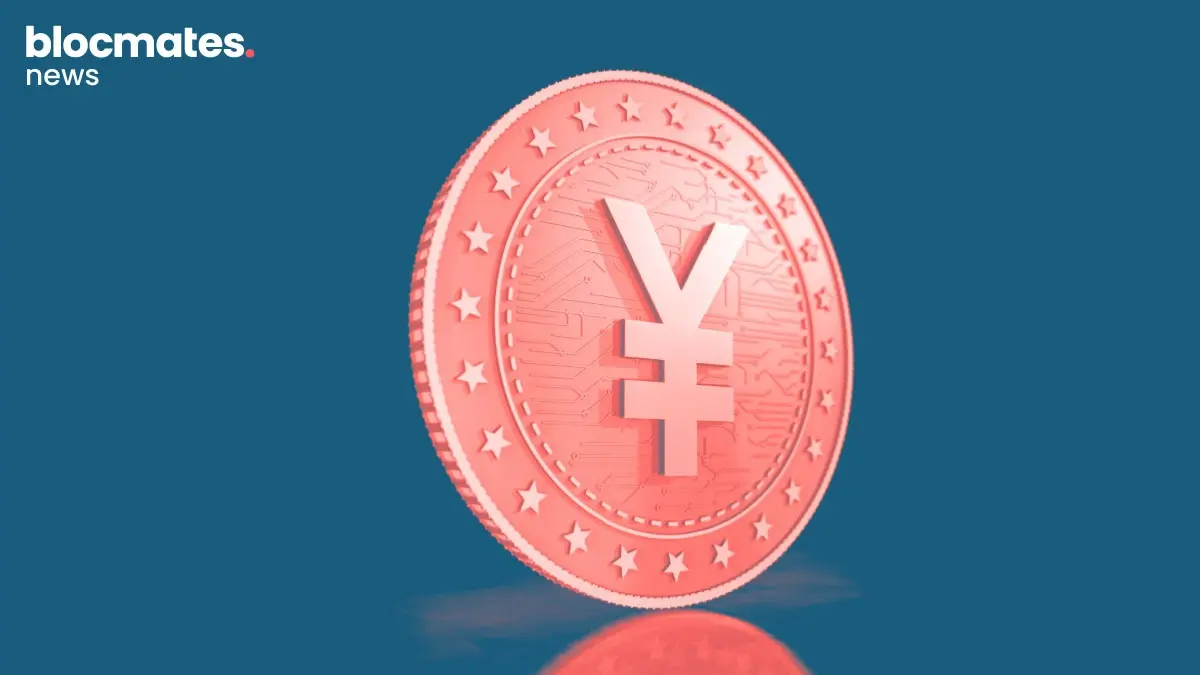
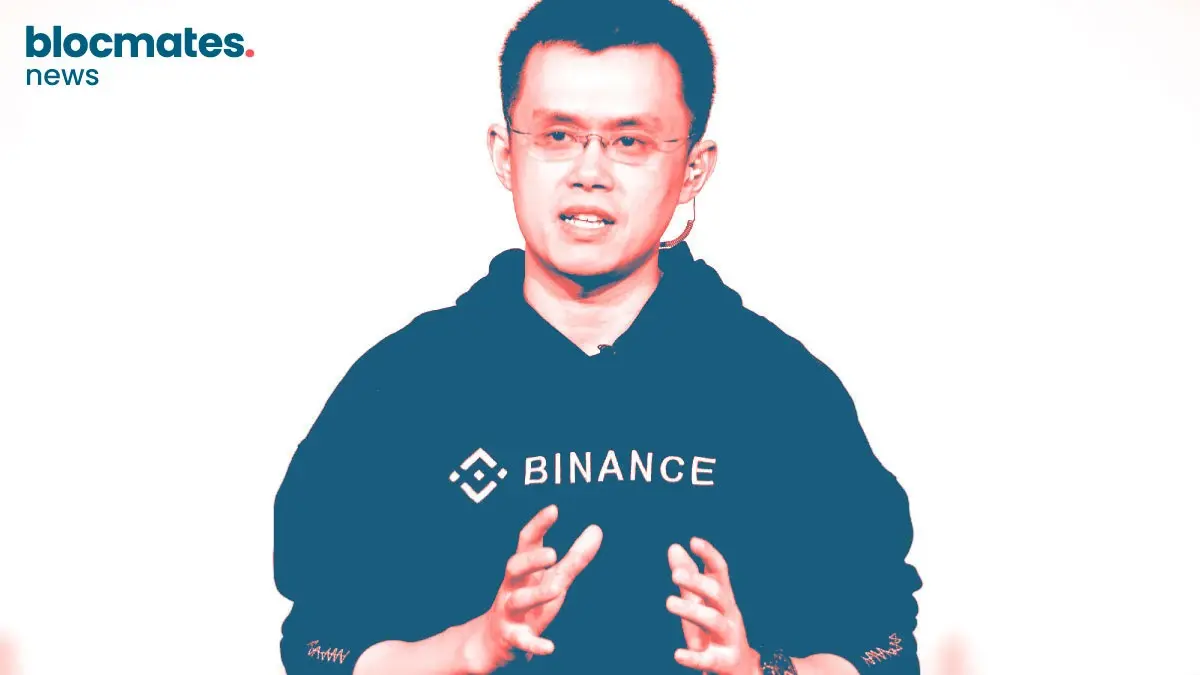


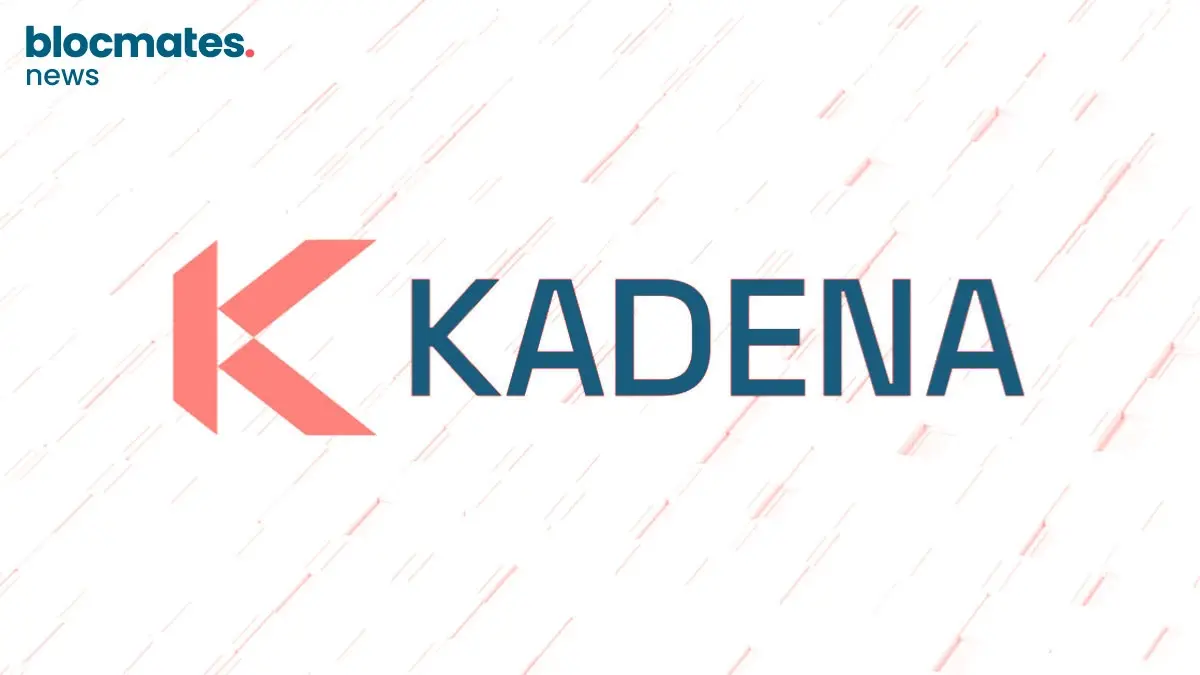

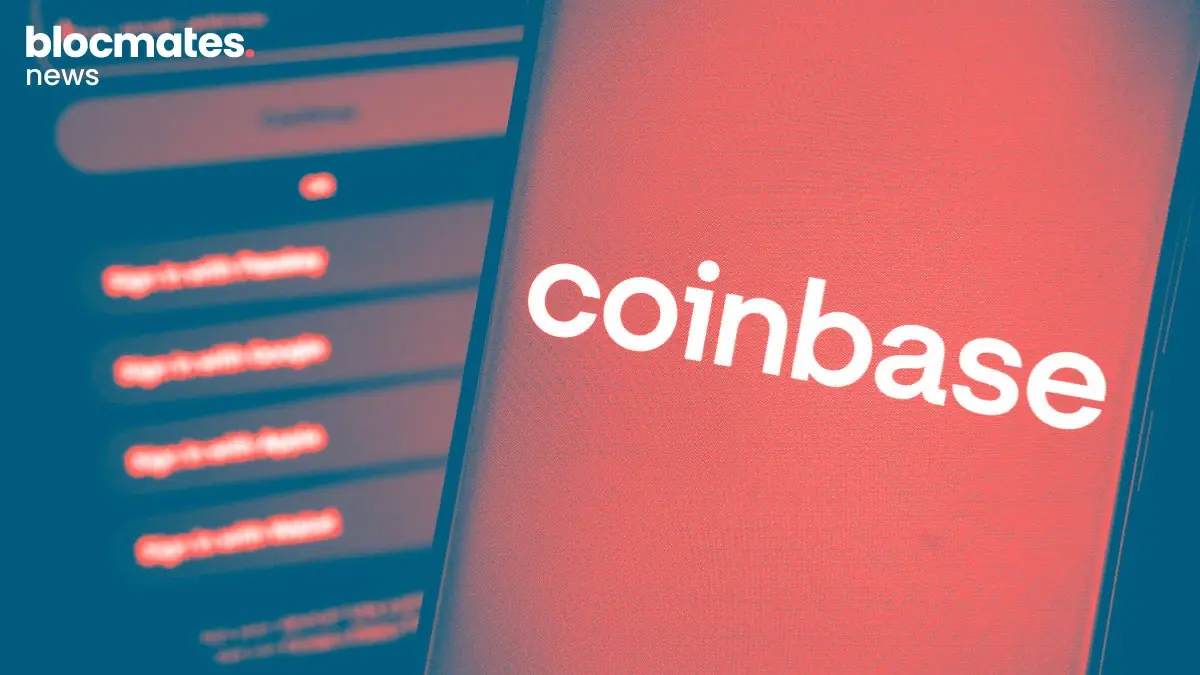
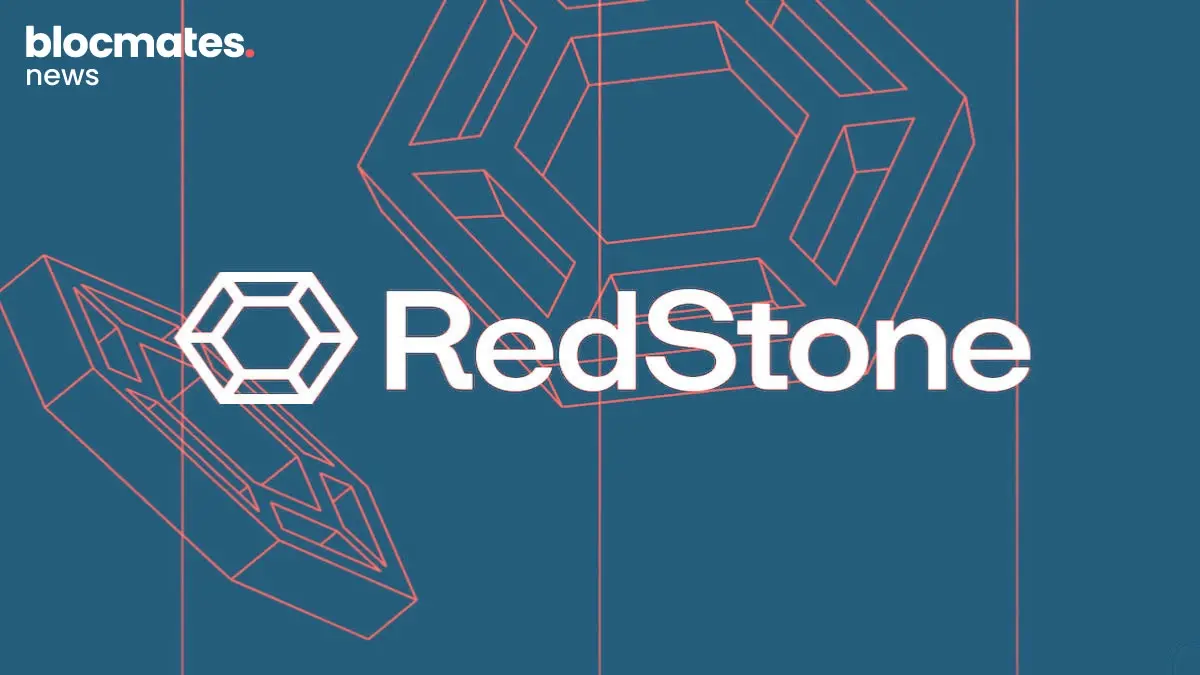
.webp)

.webp)
.webp)

.webp)


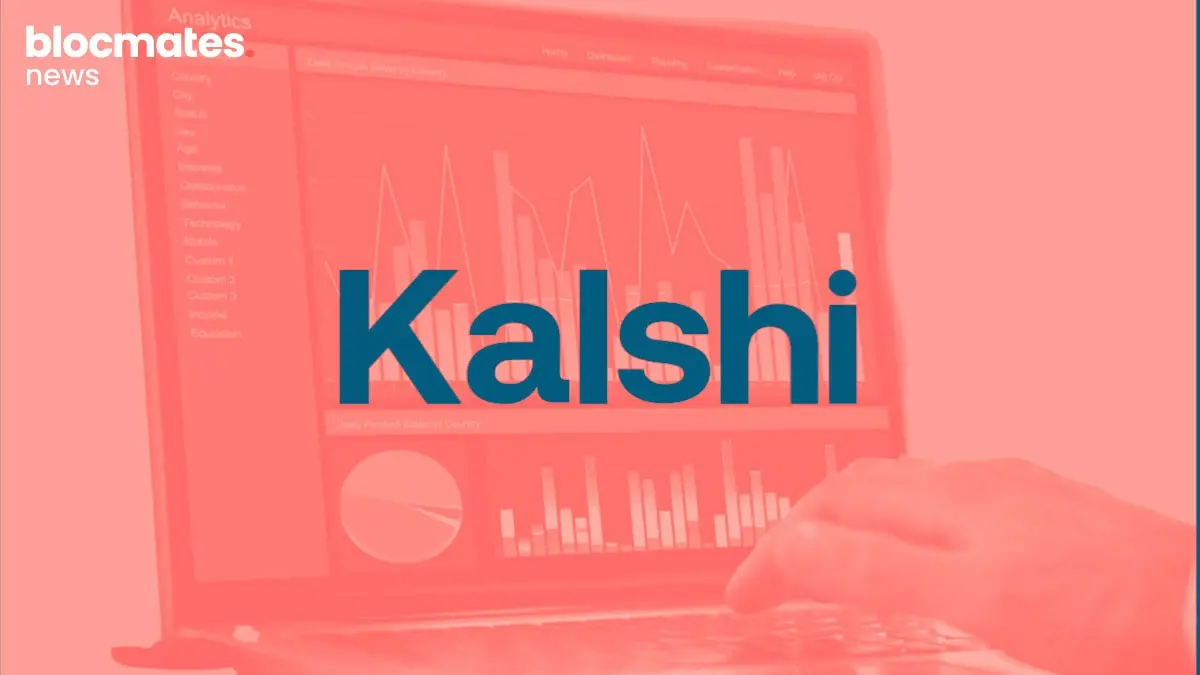
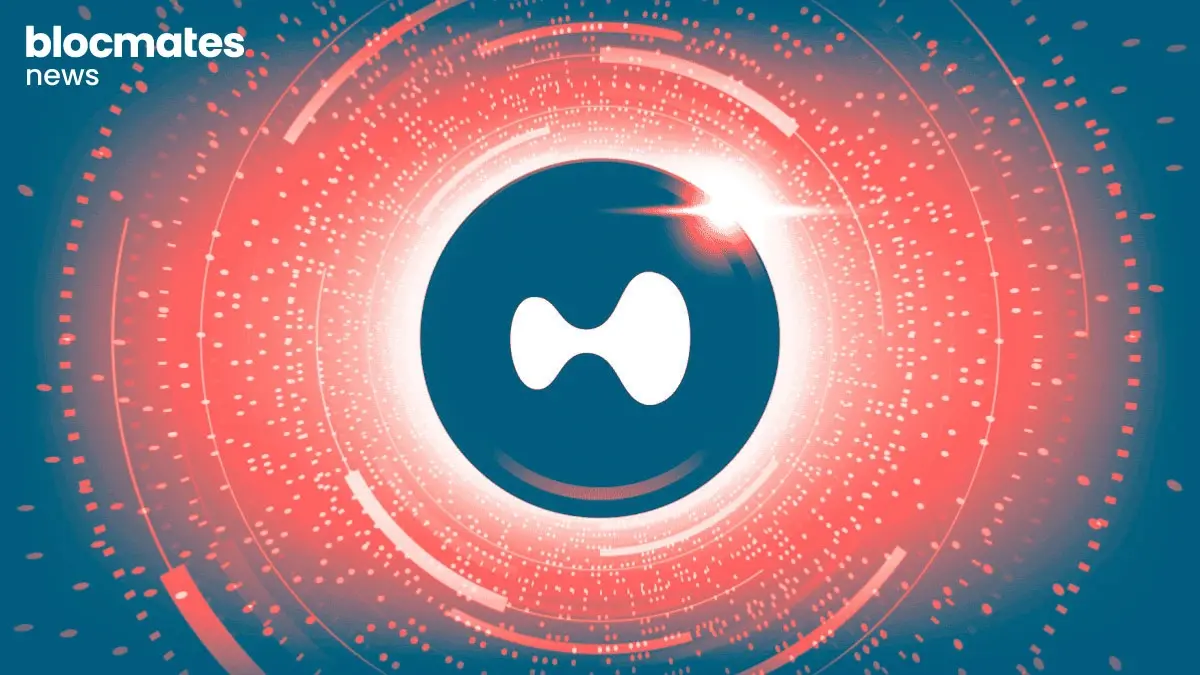




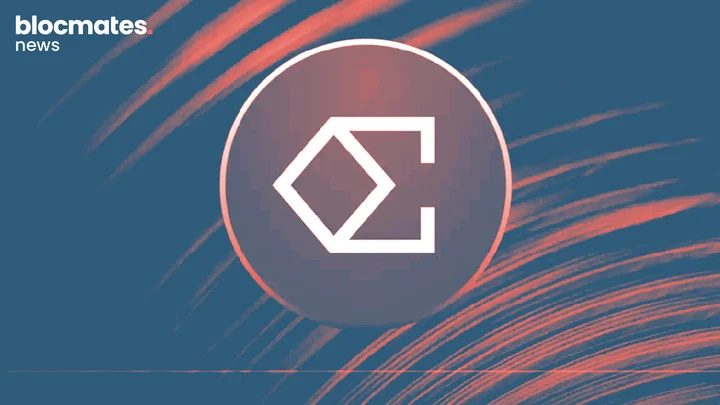


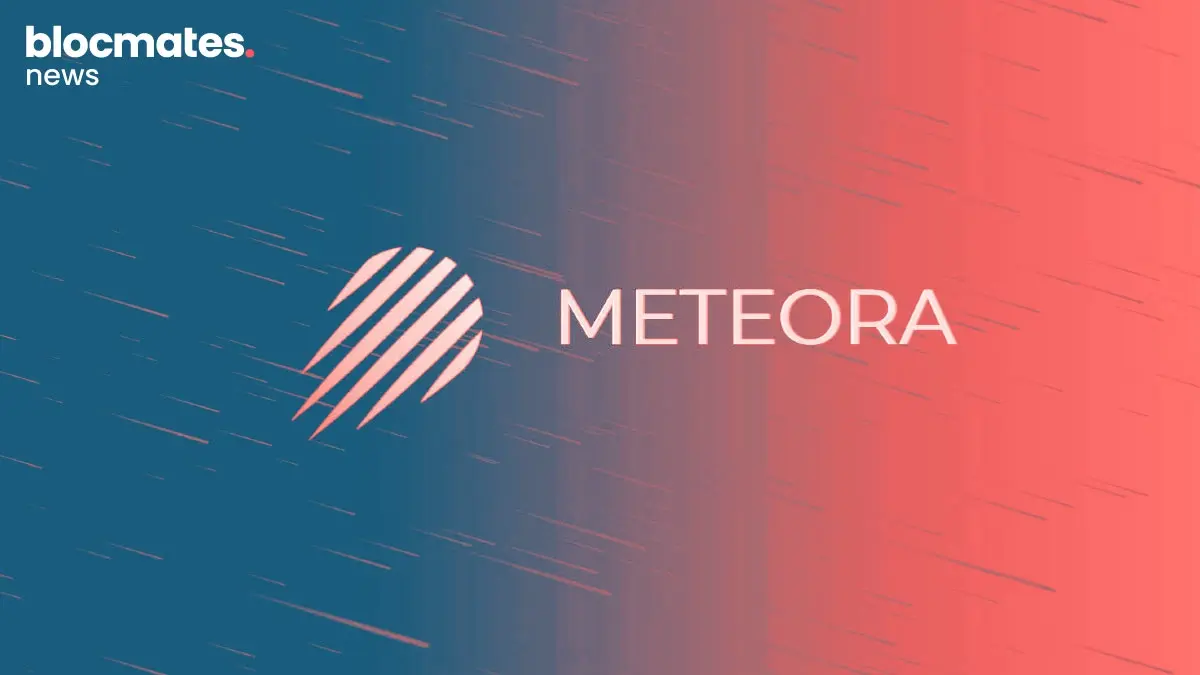


.webp)

.webp)


.webp)



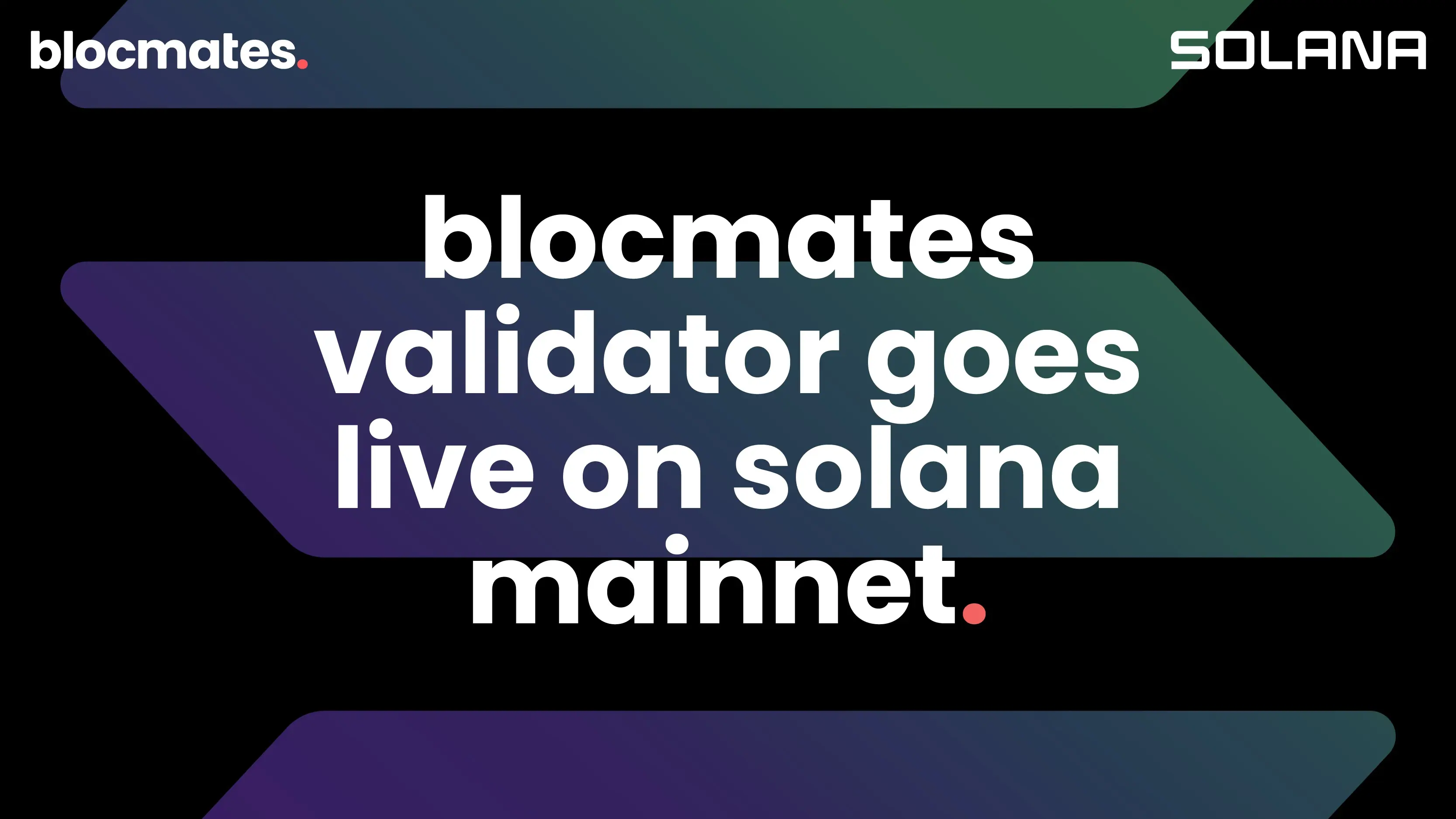
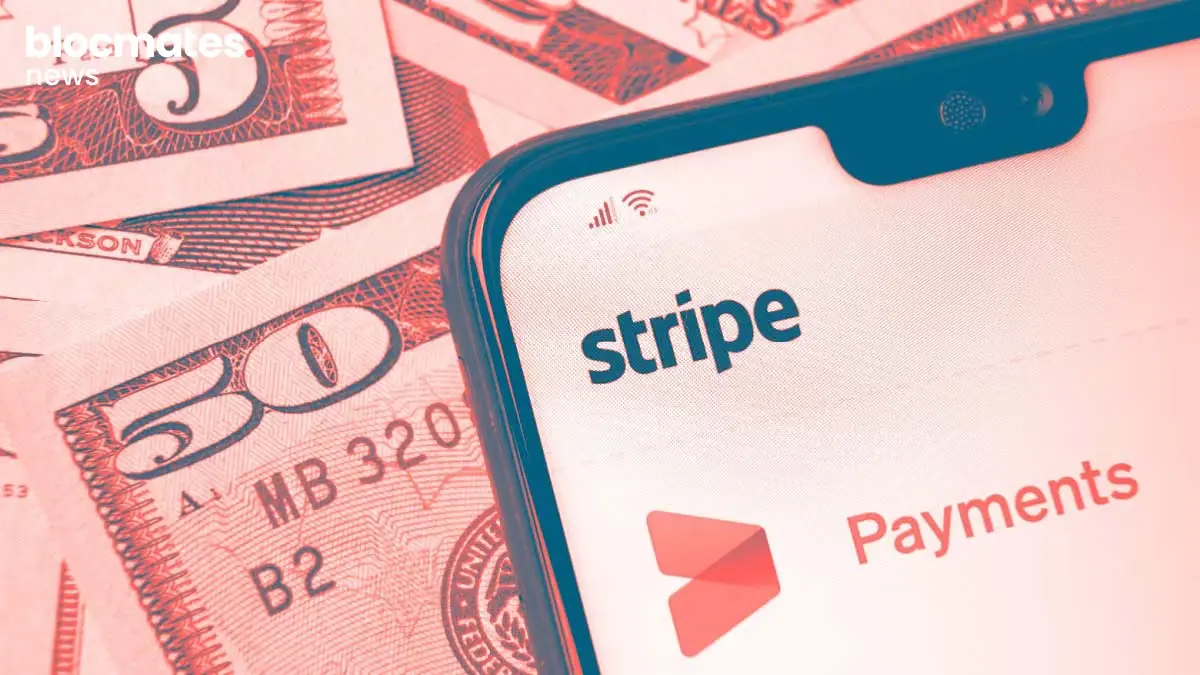



.webp)
